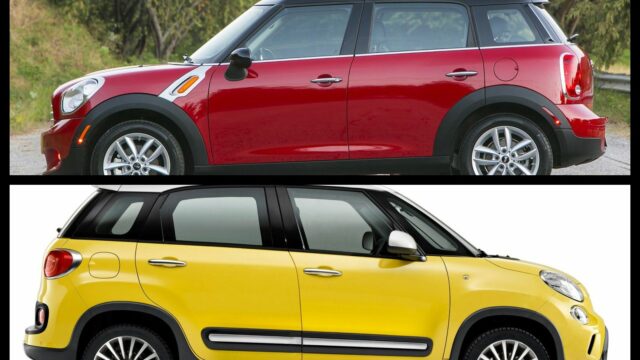Coincidence alone cannot explain these clones, can it?
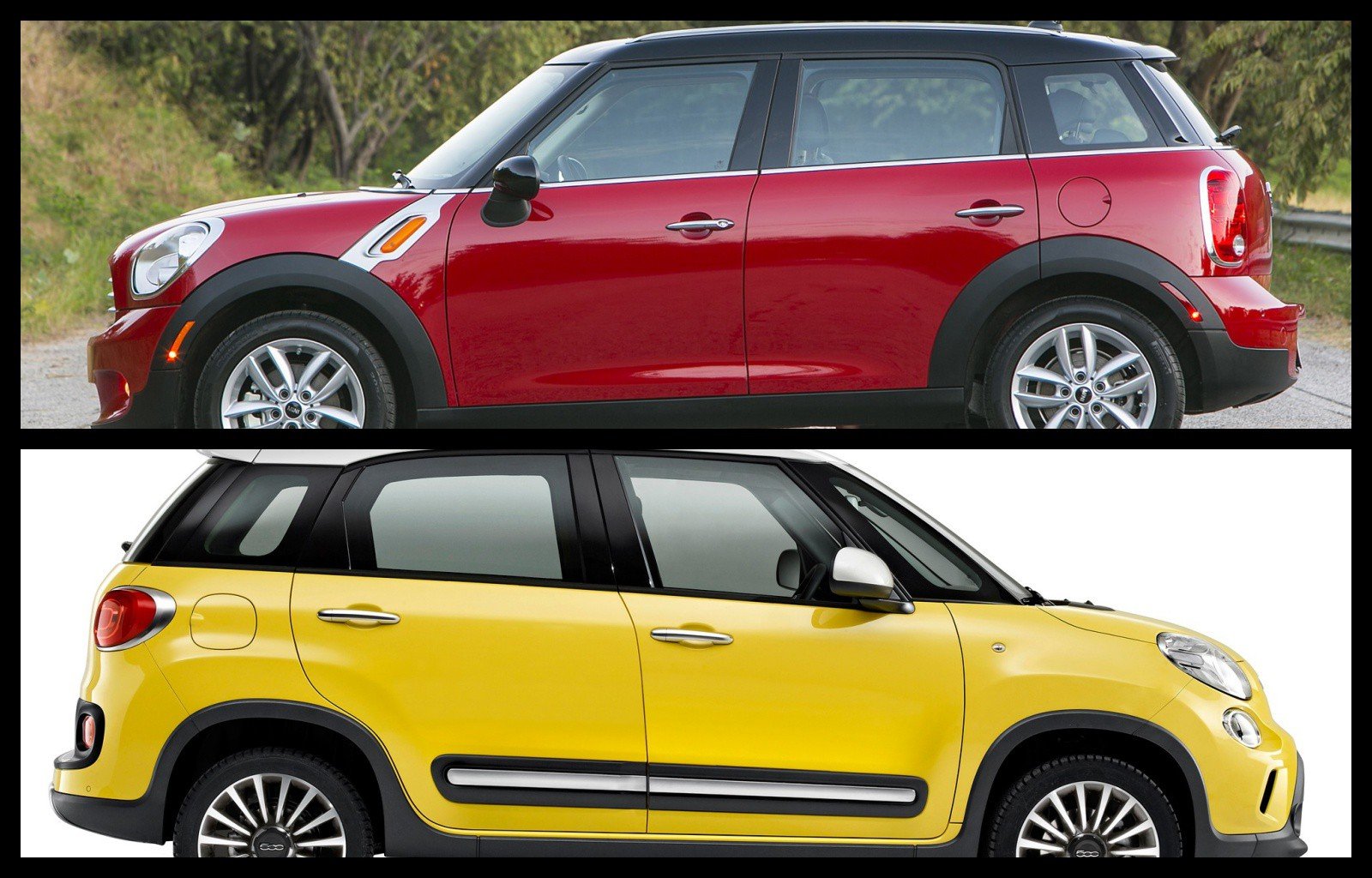
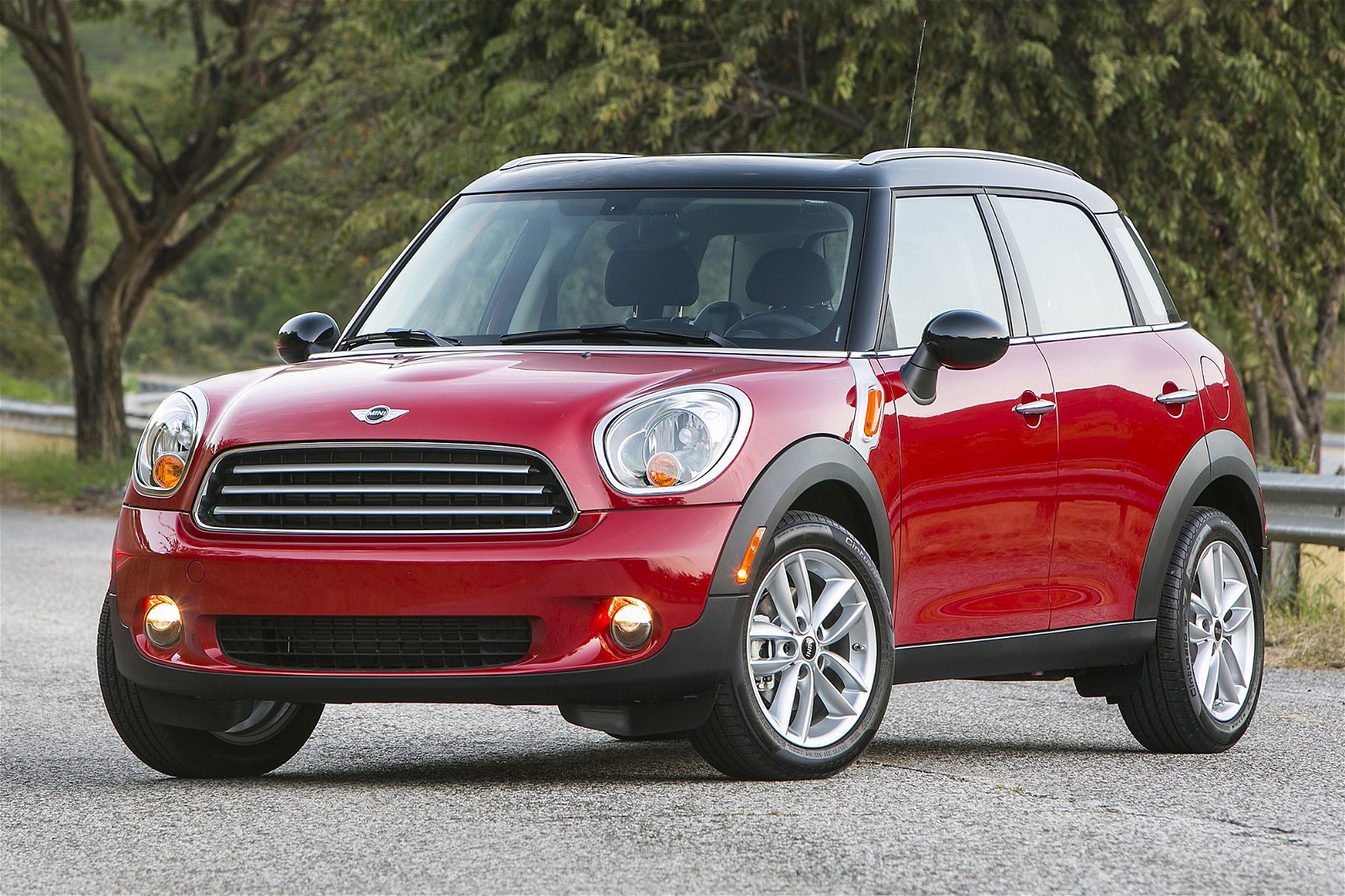
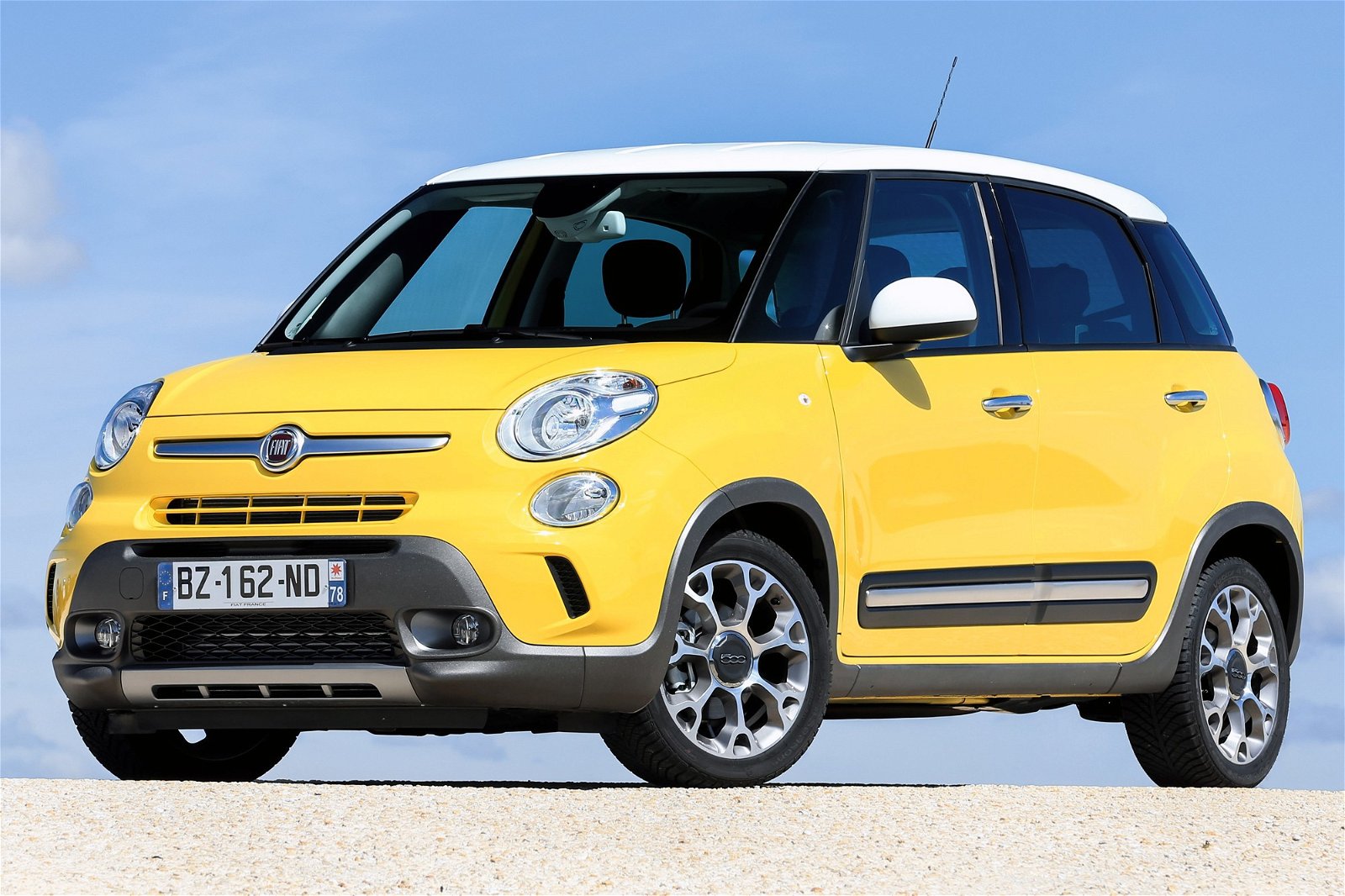
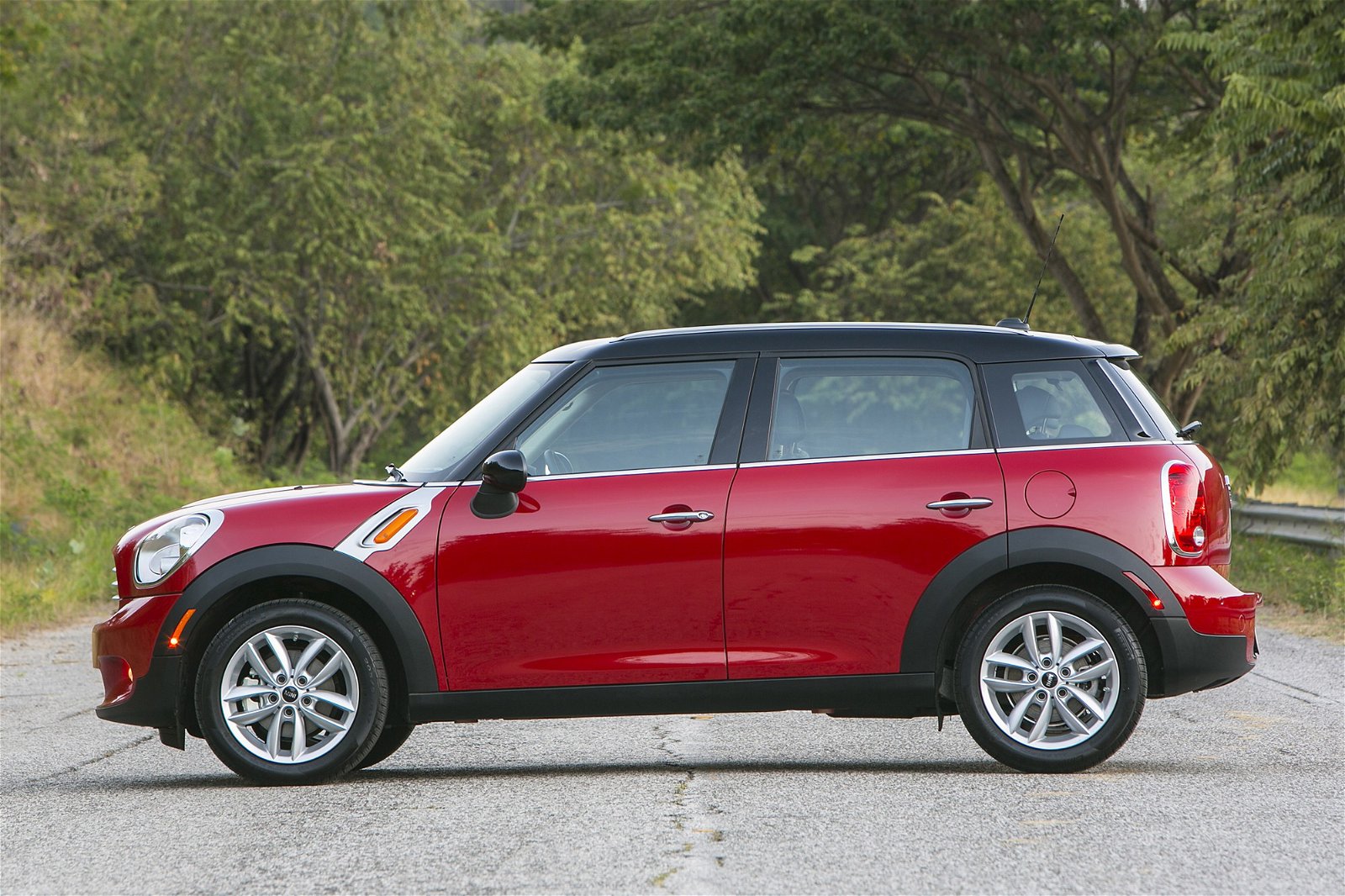
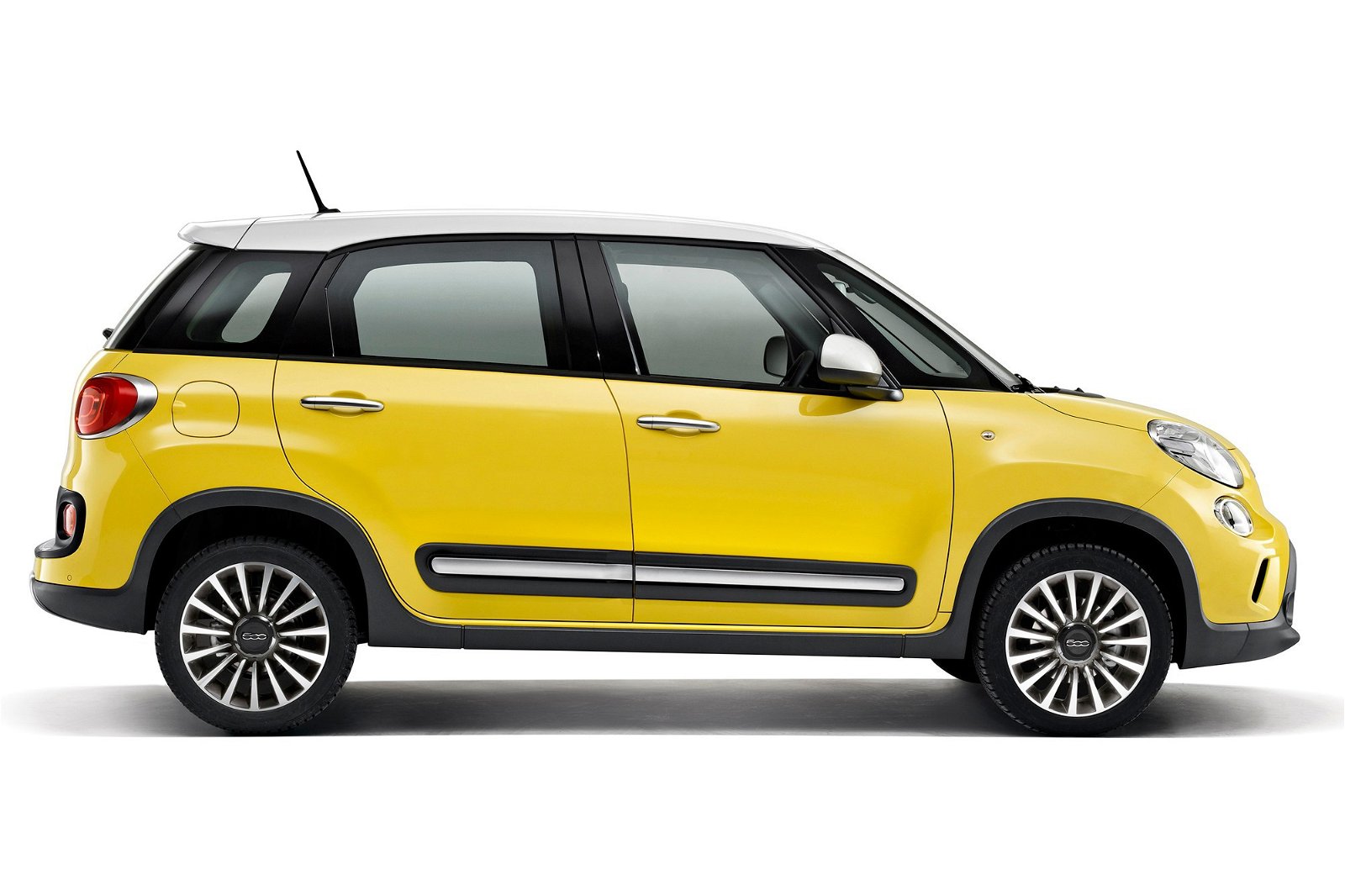
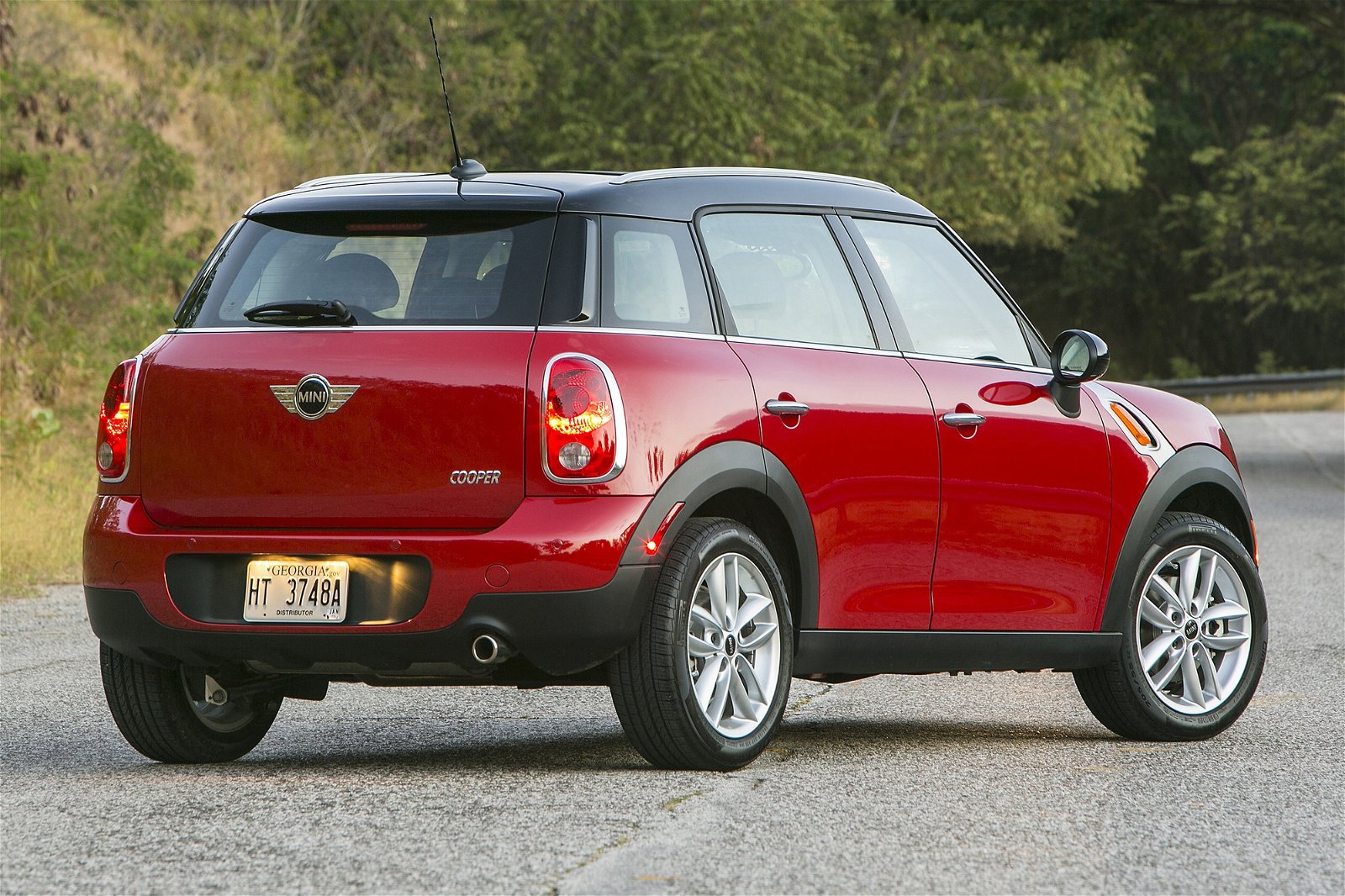


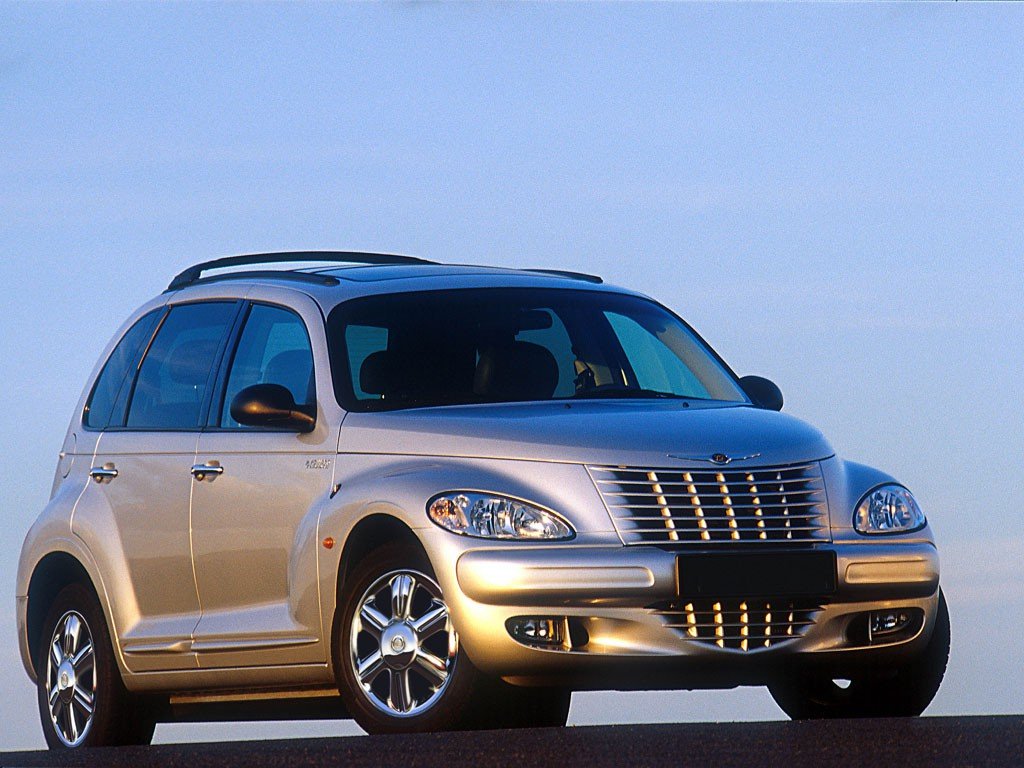
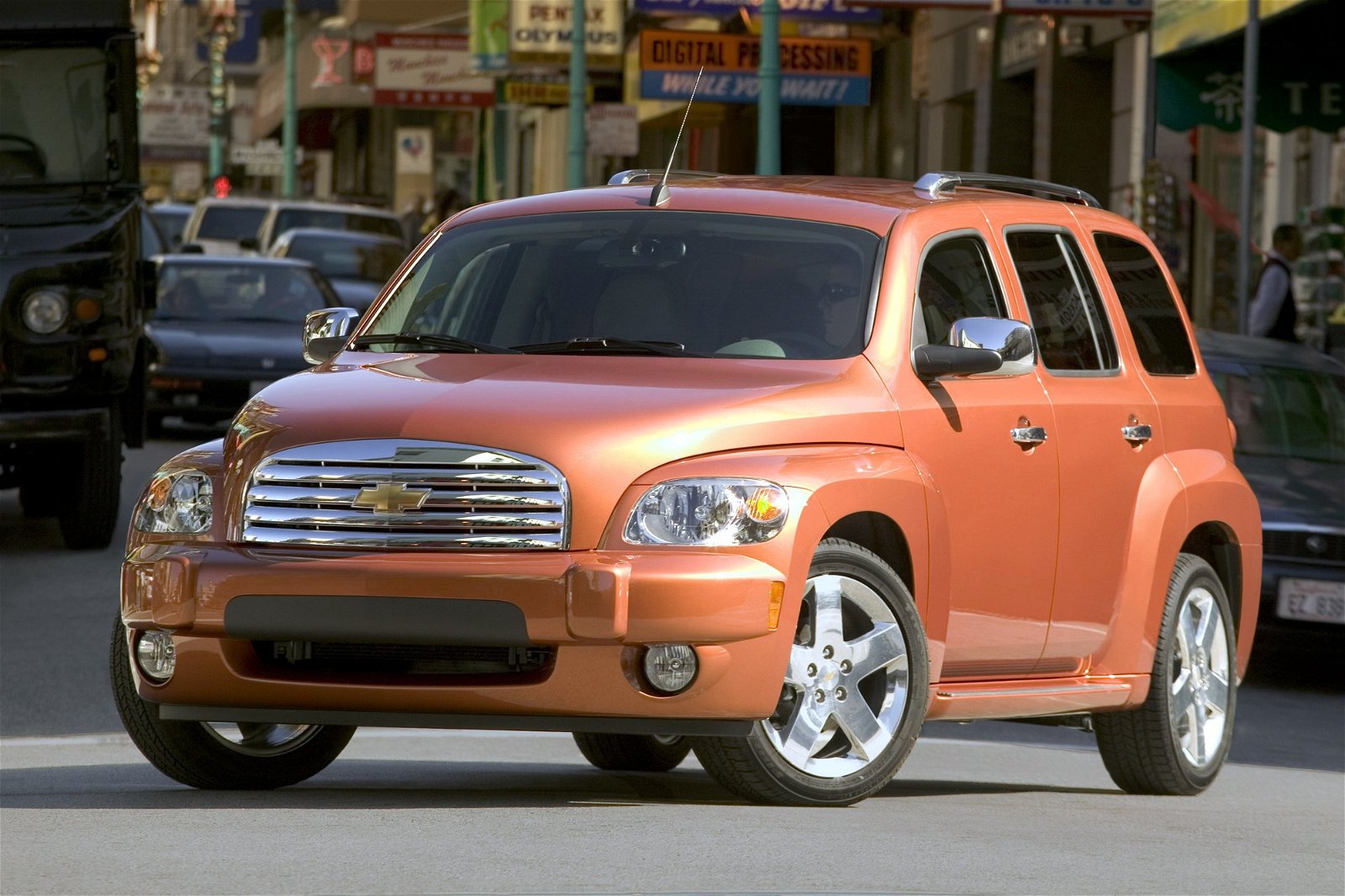
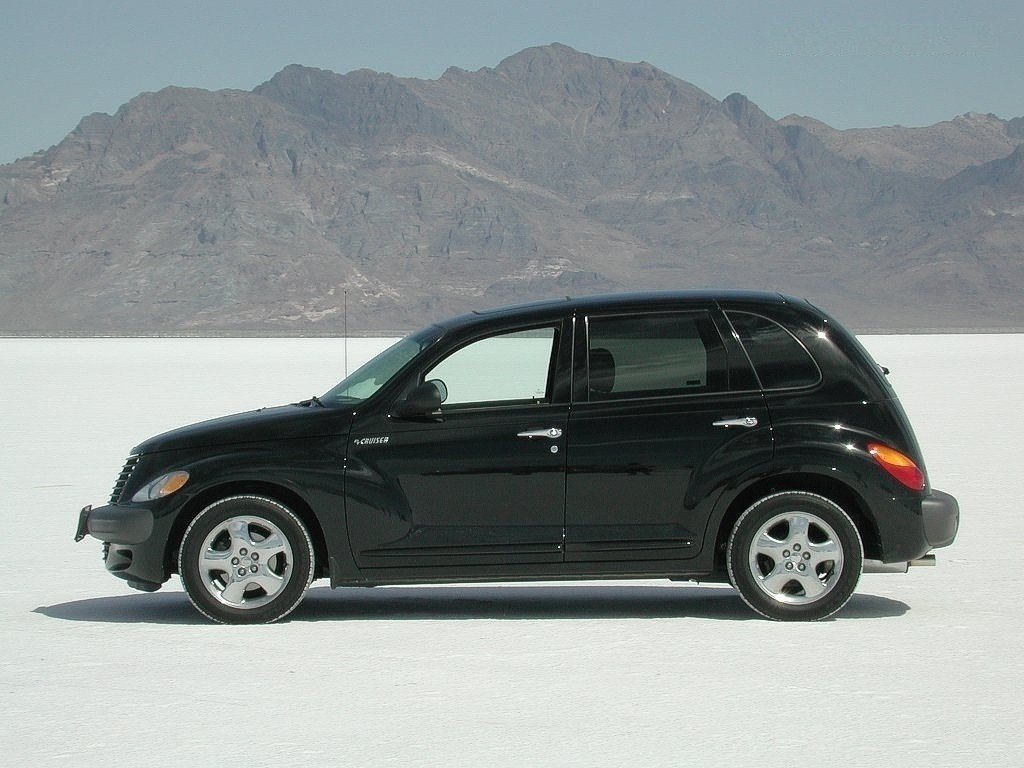
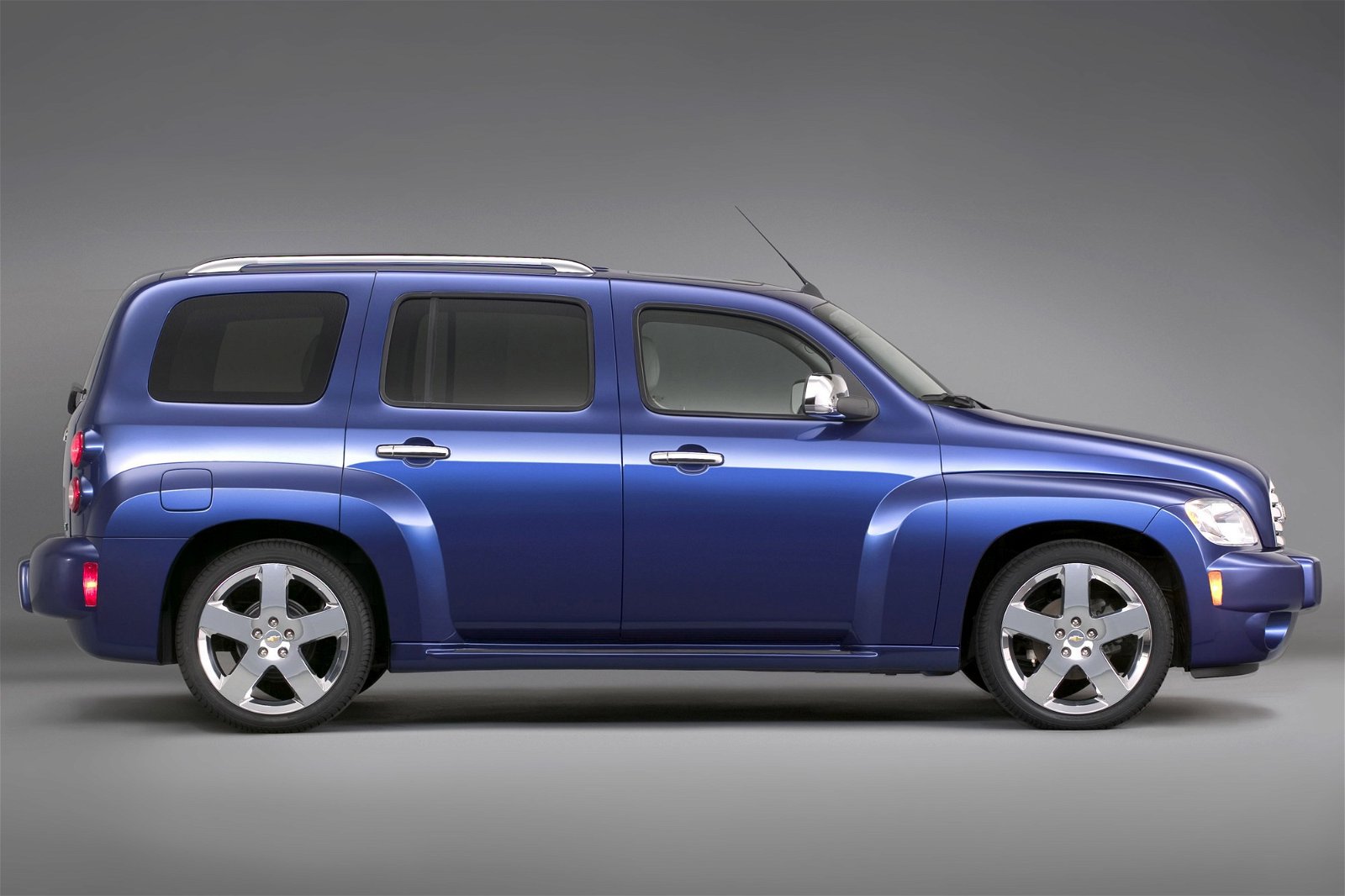
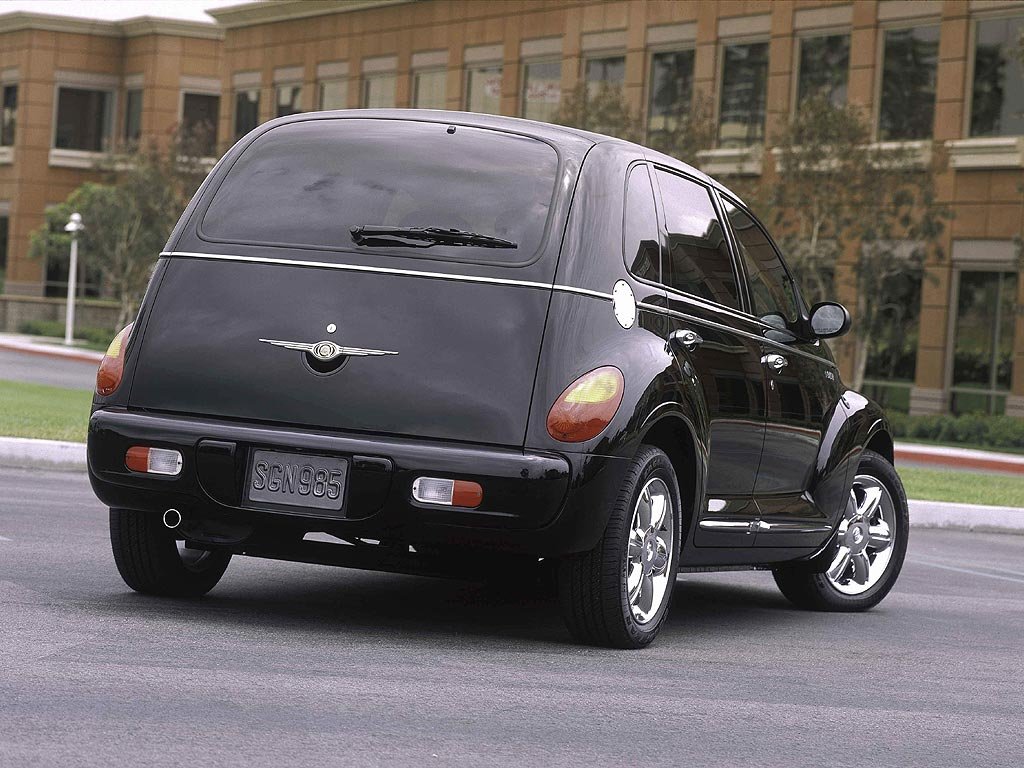
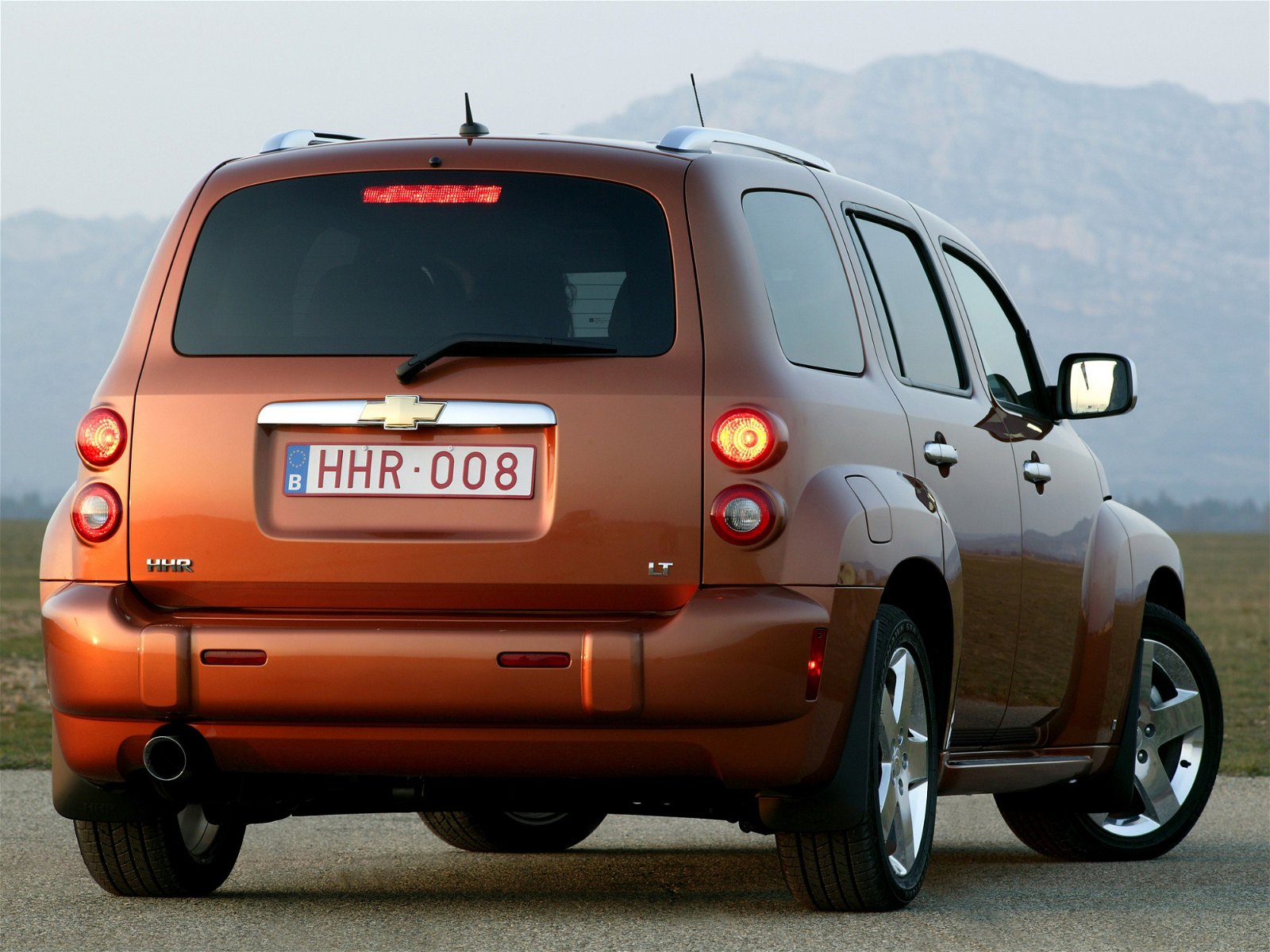
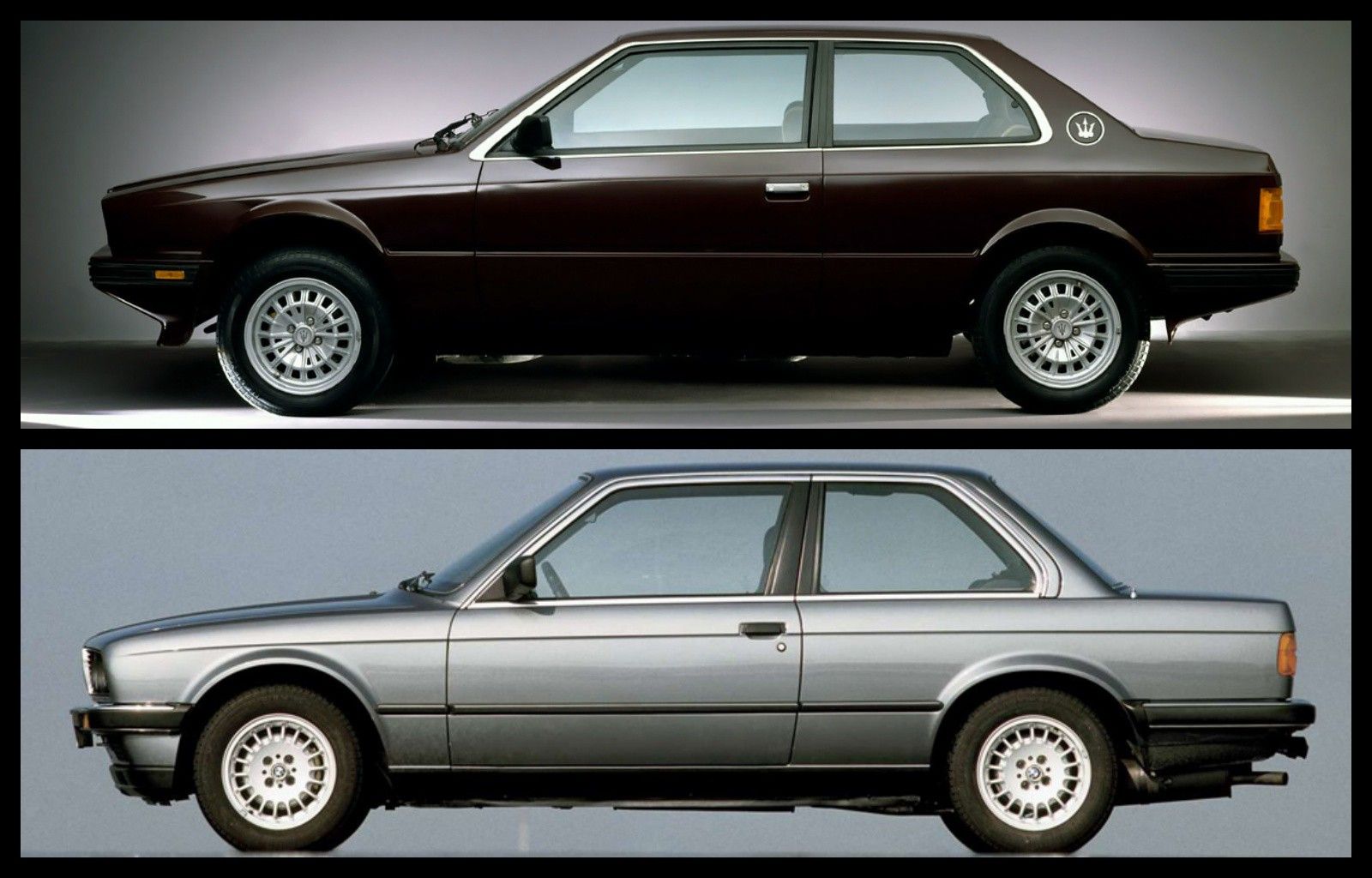

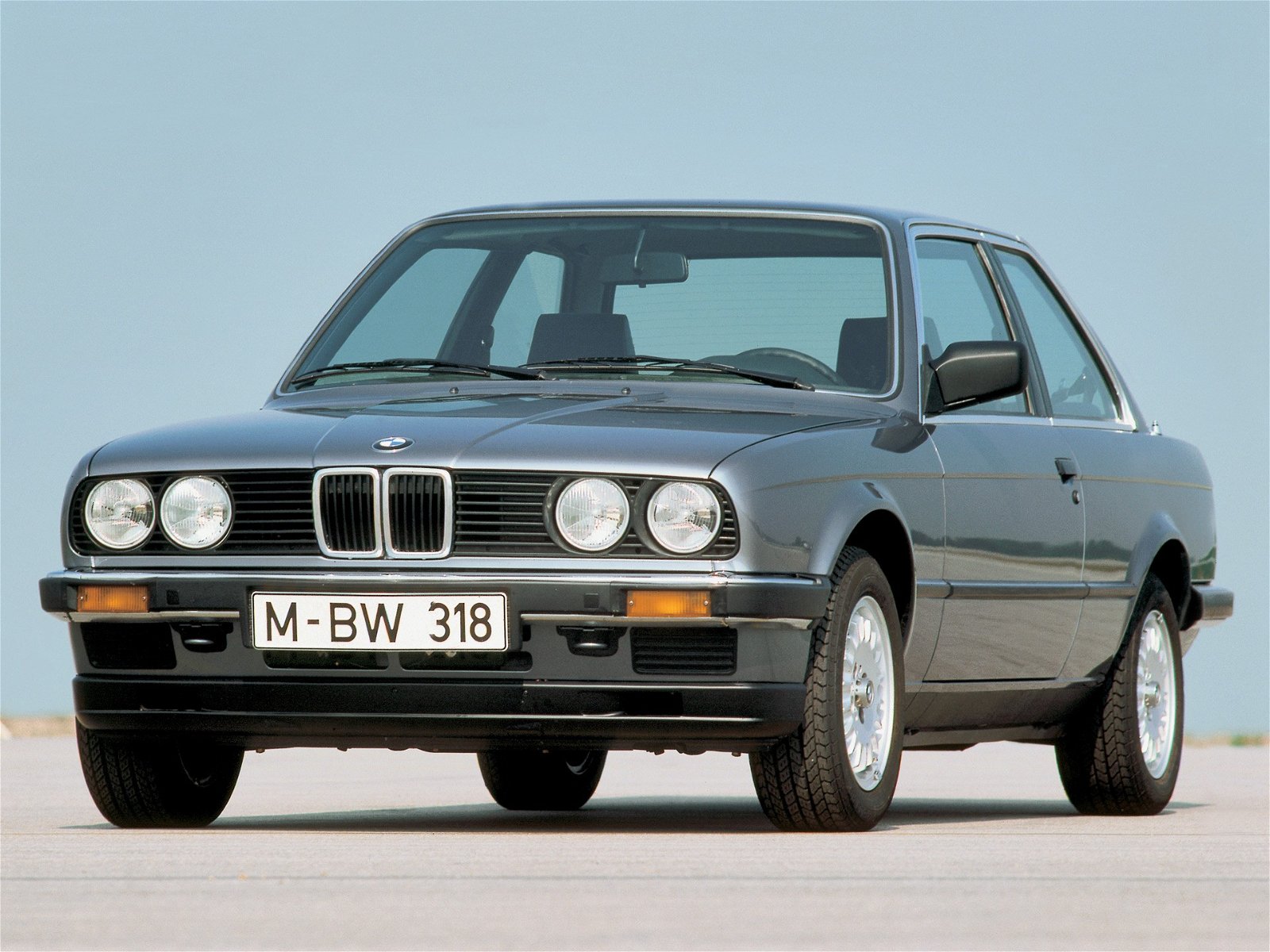
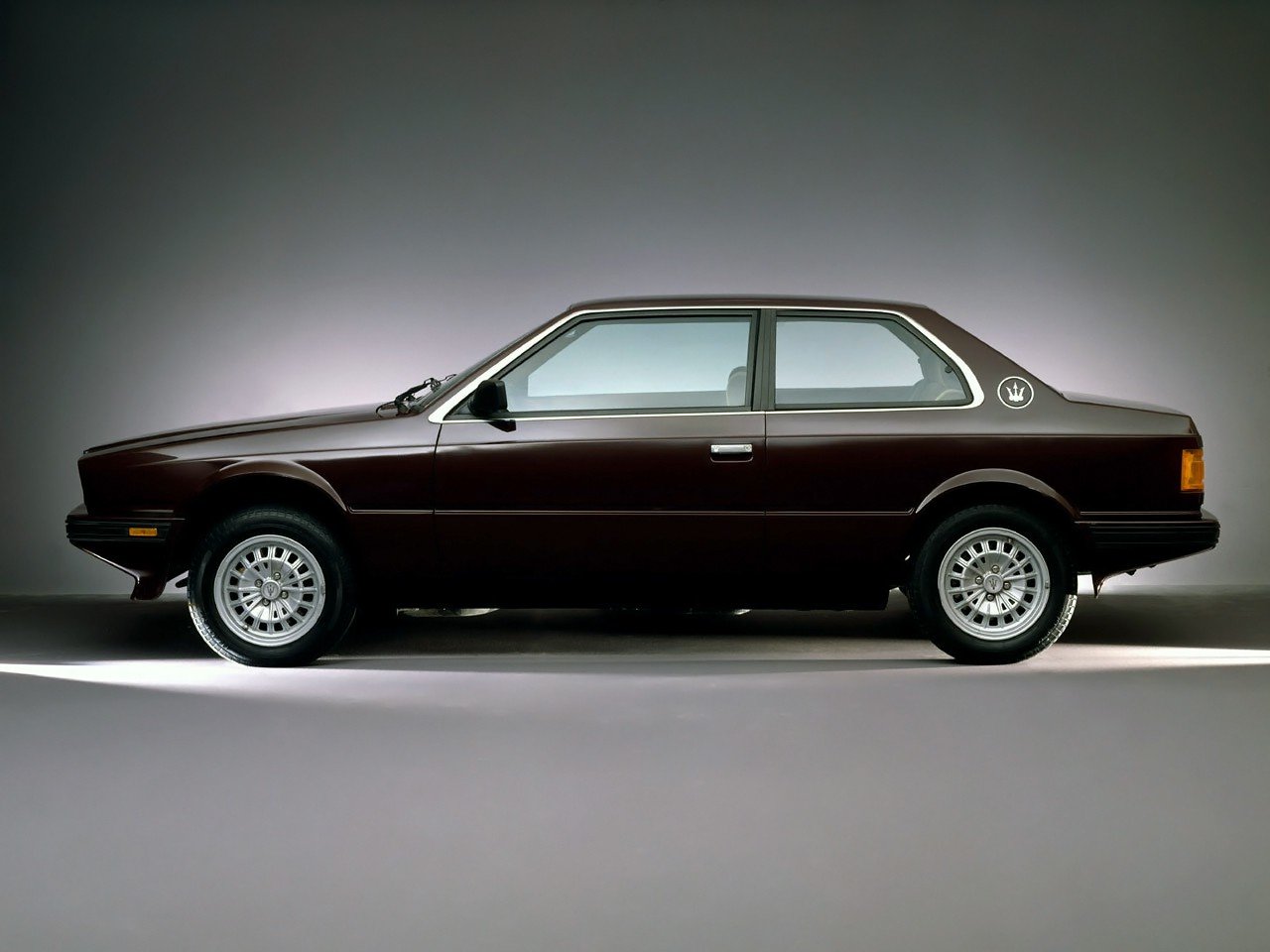
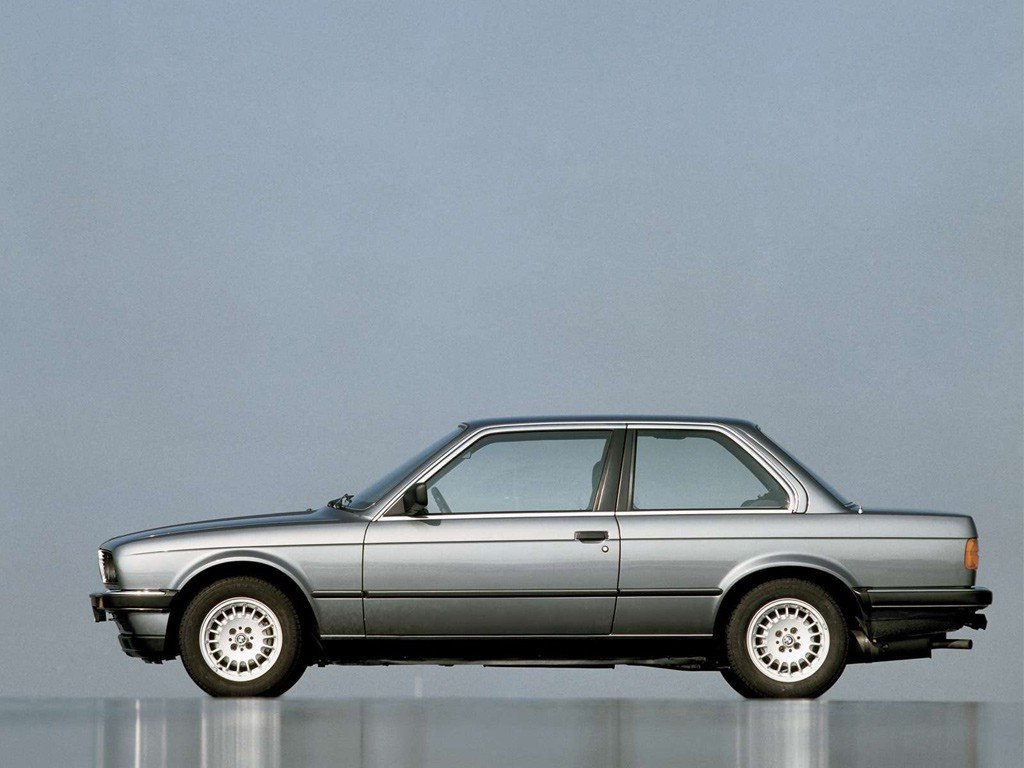
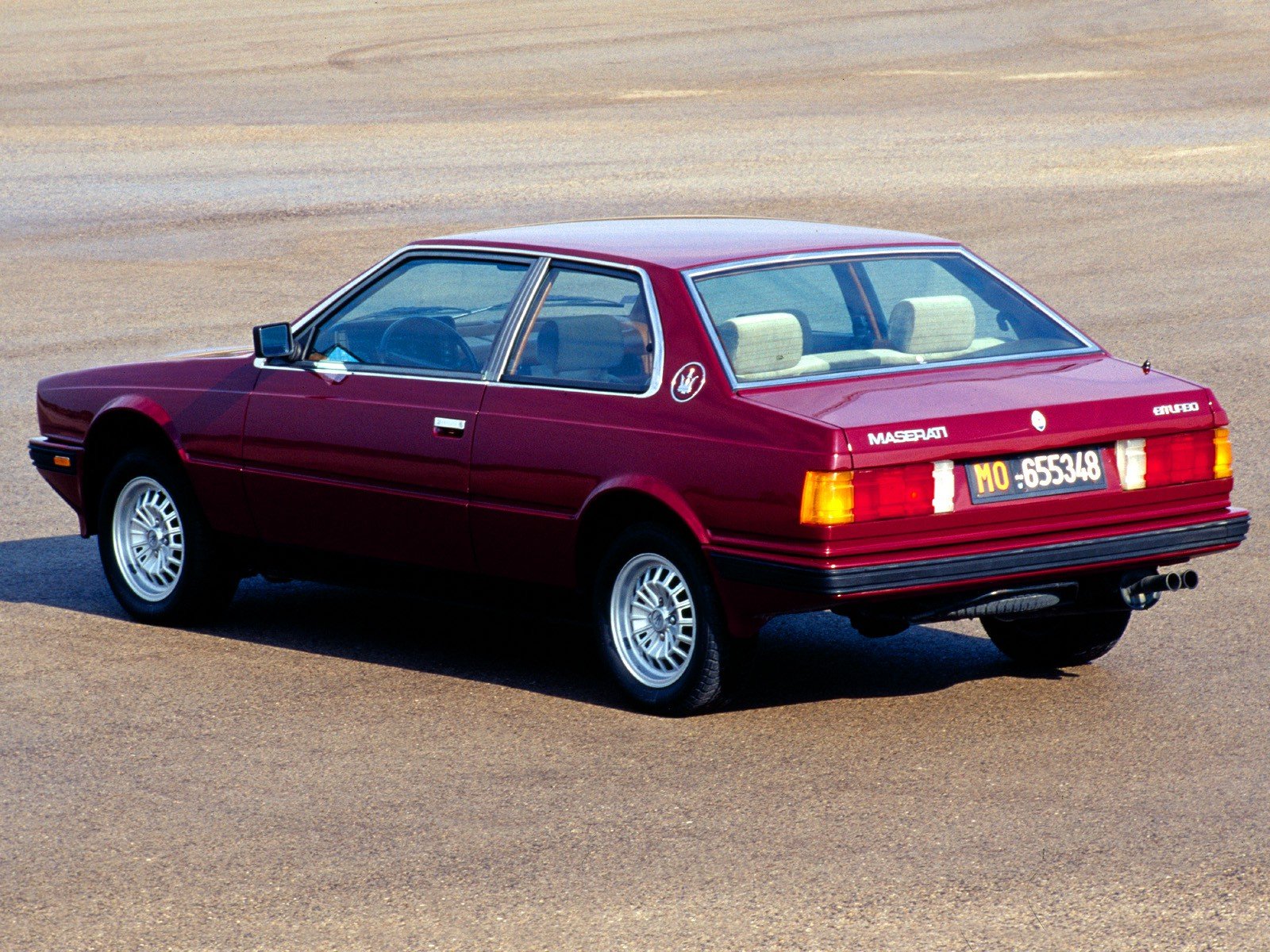
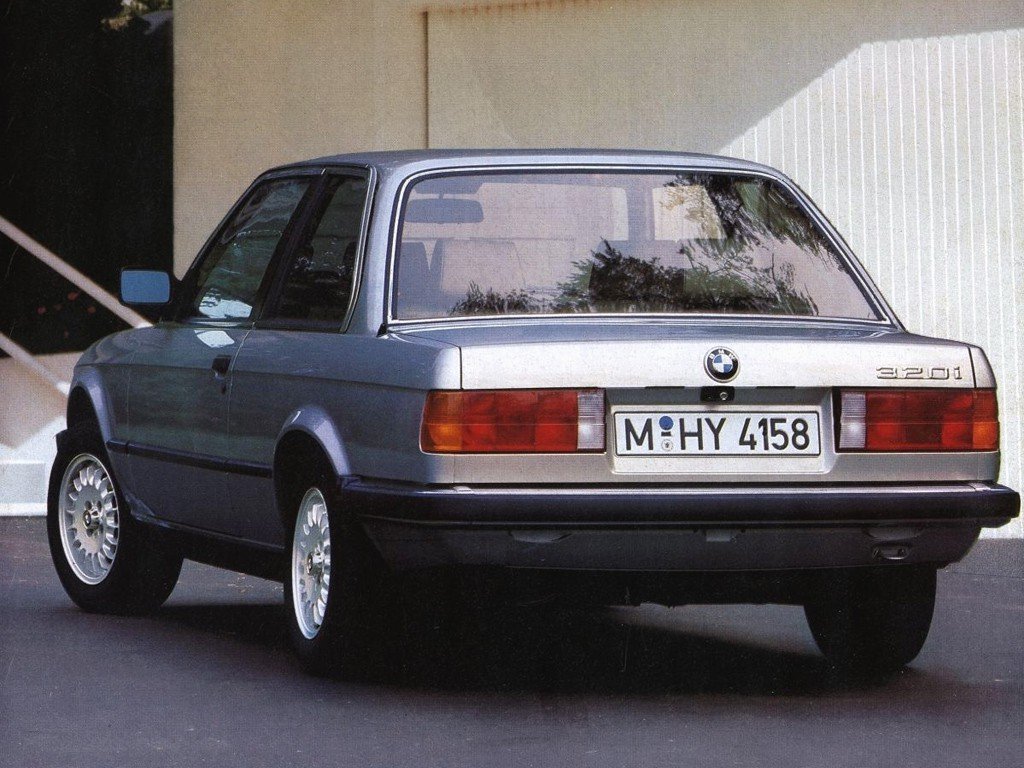
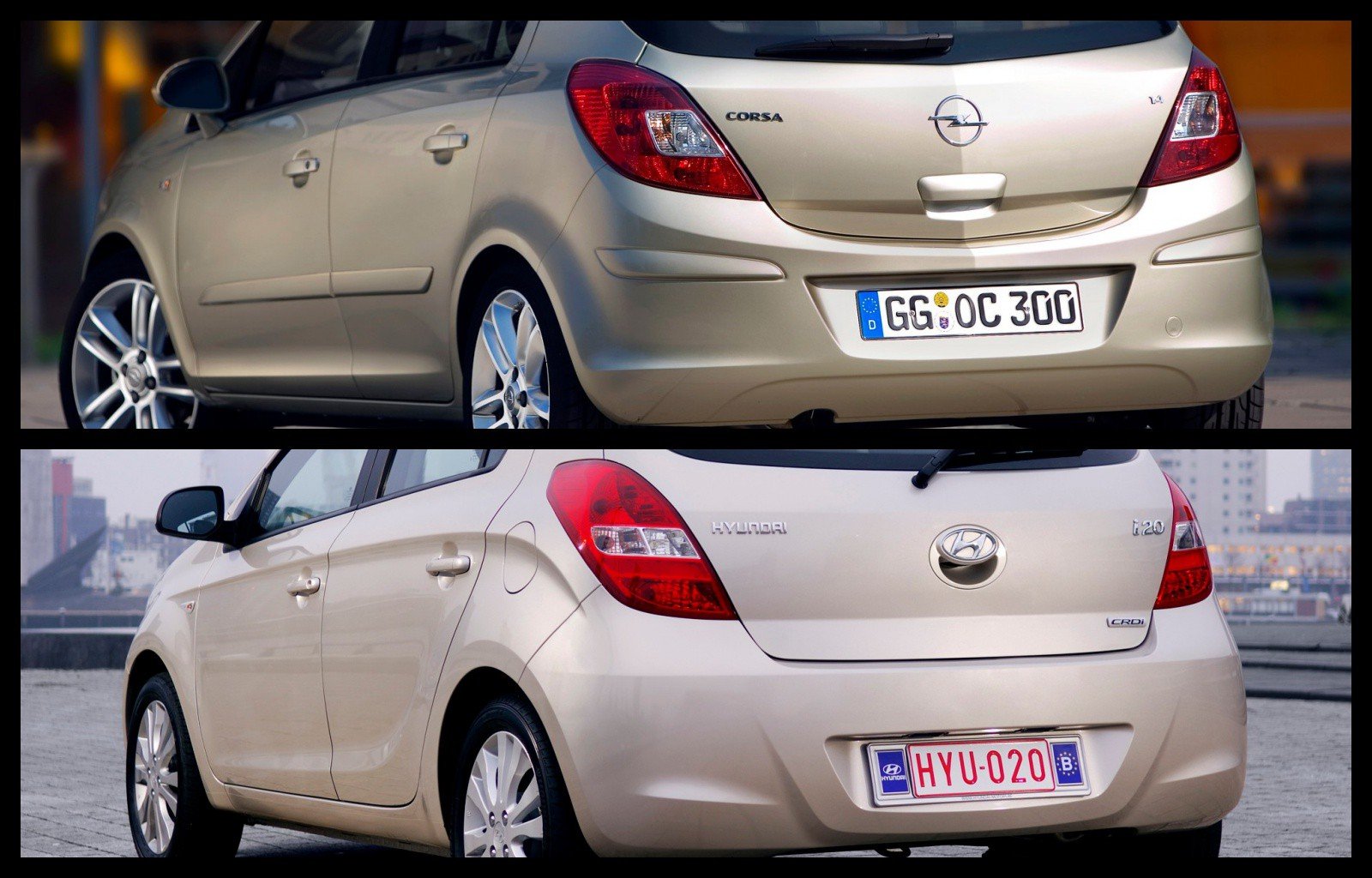
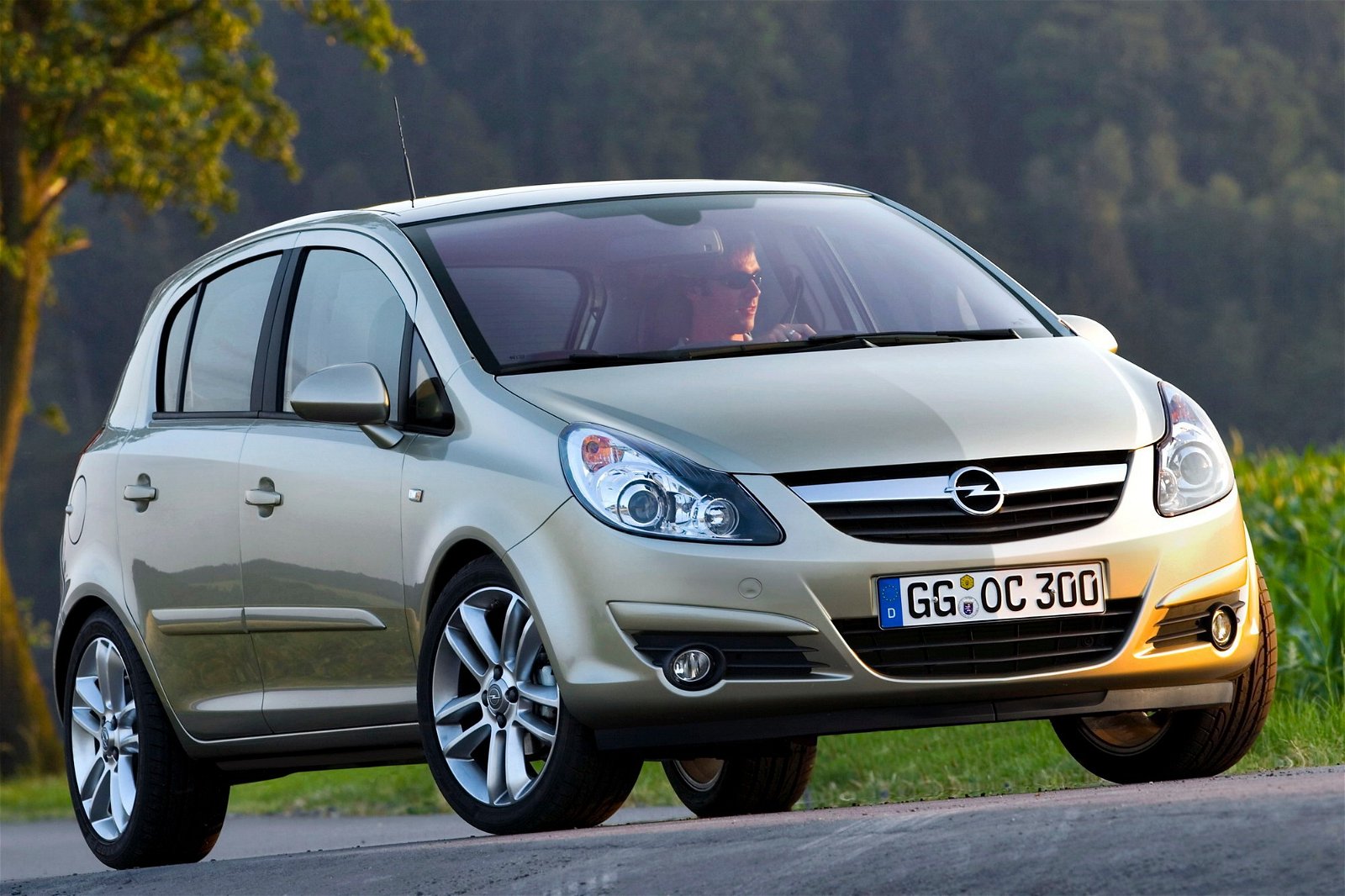
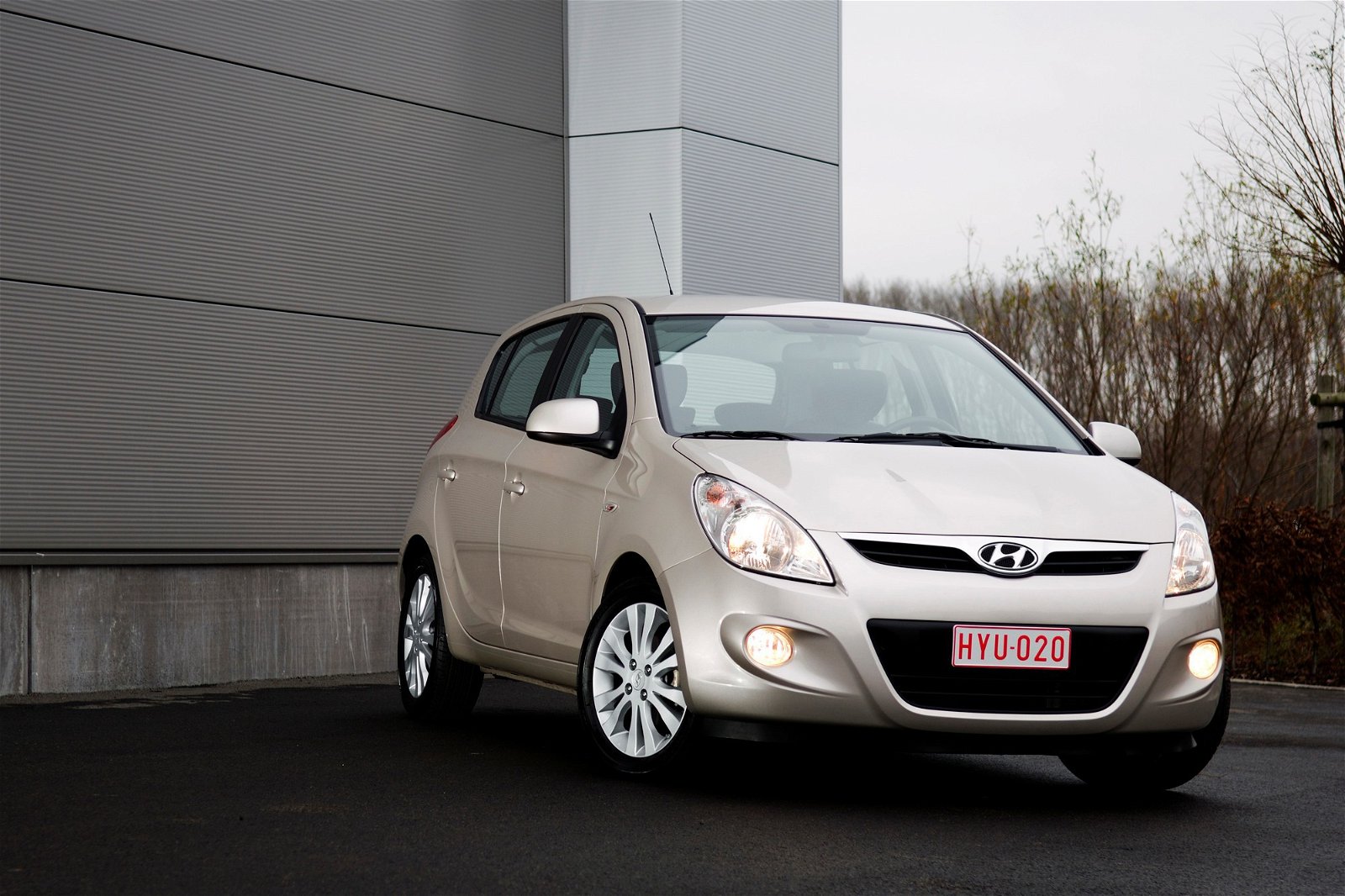
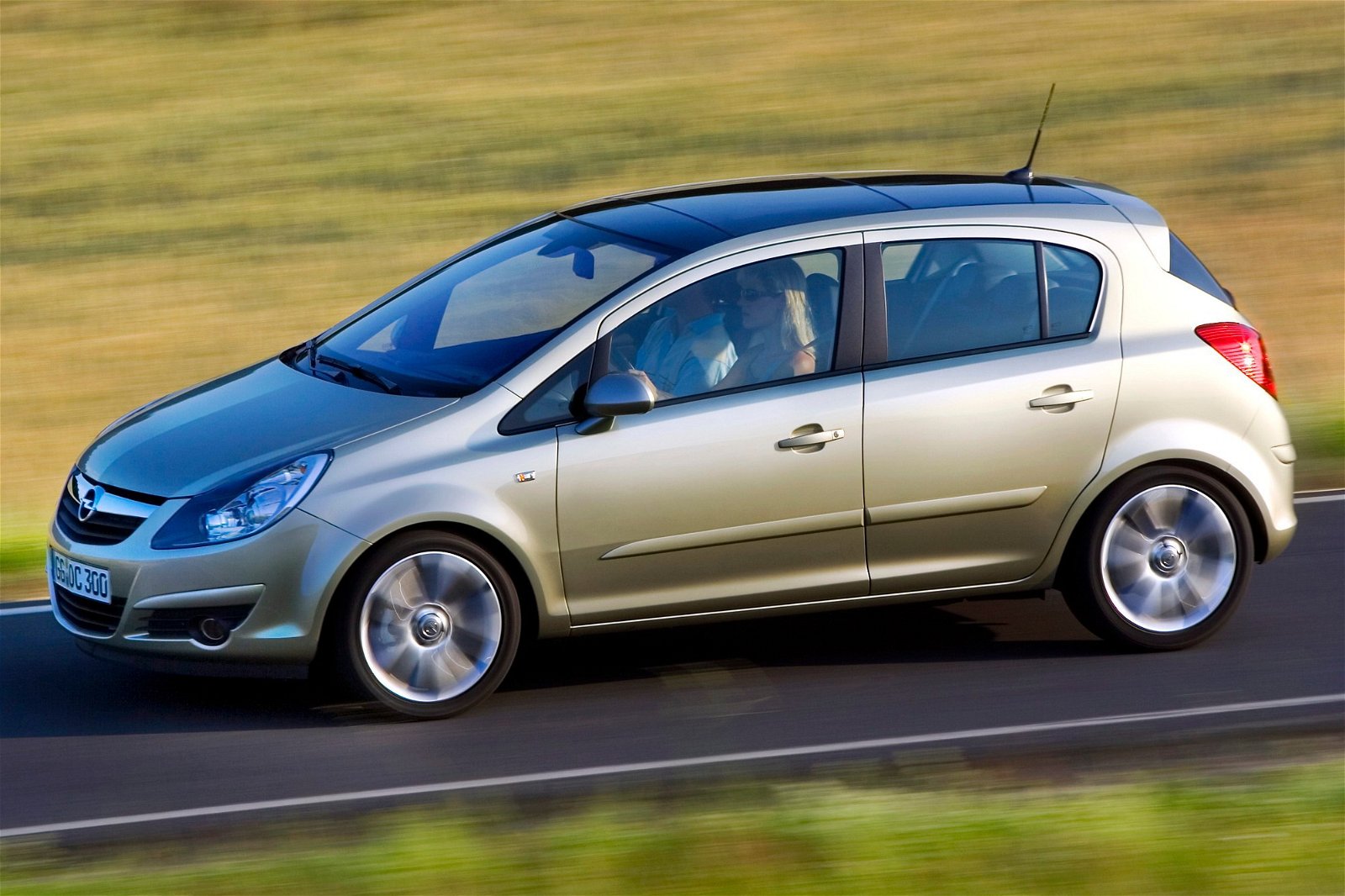
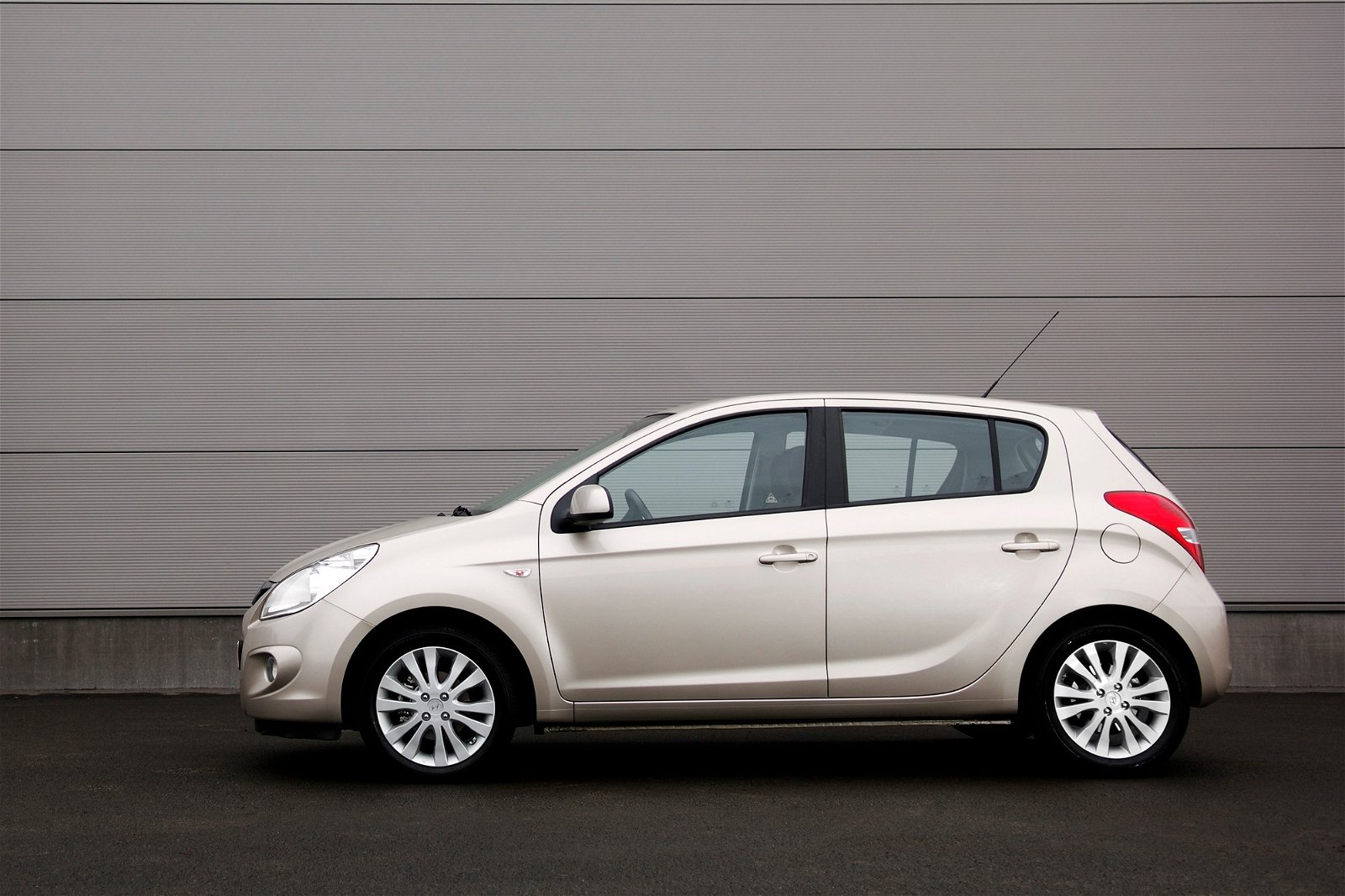
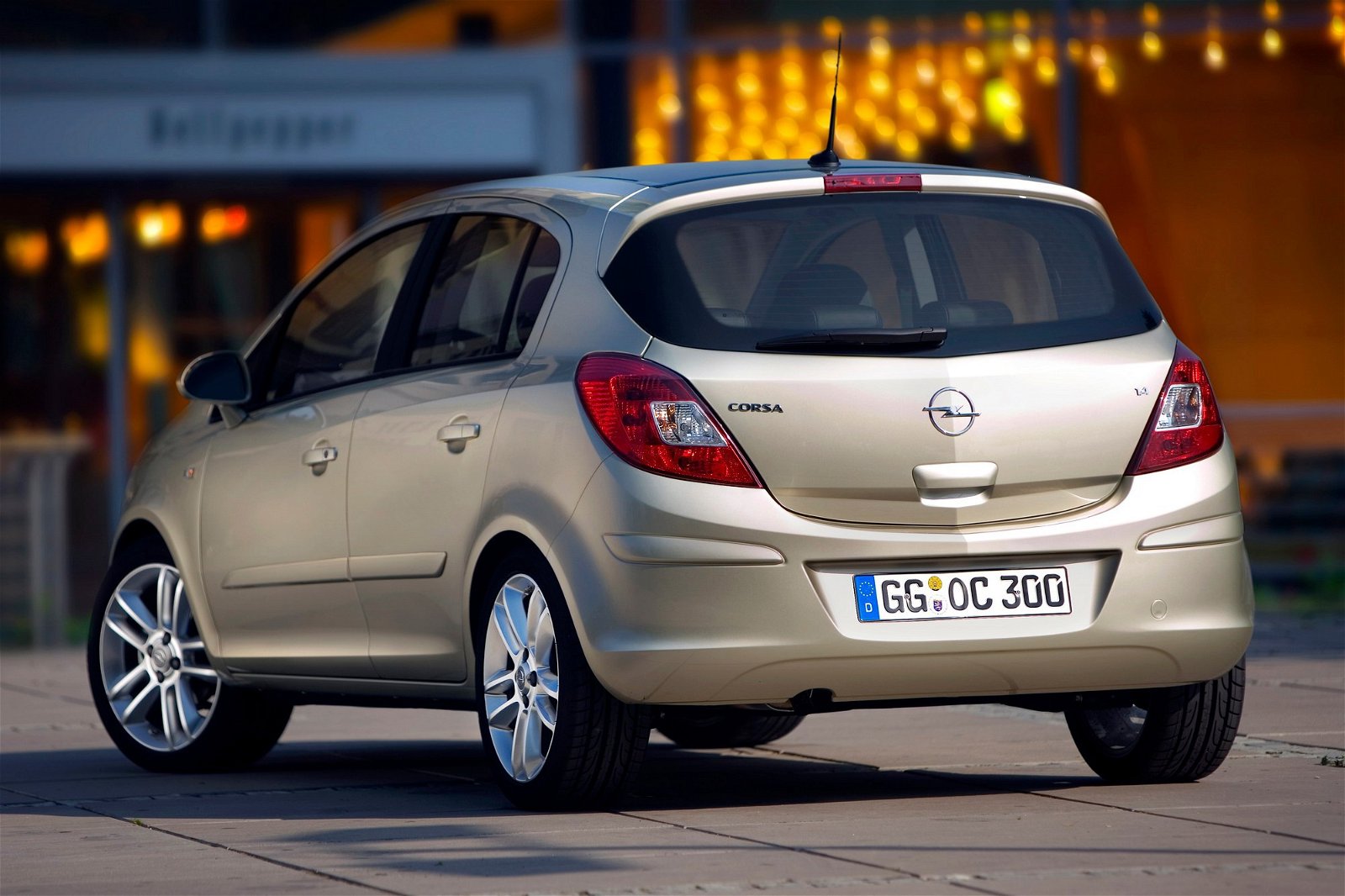
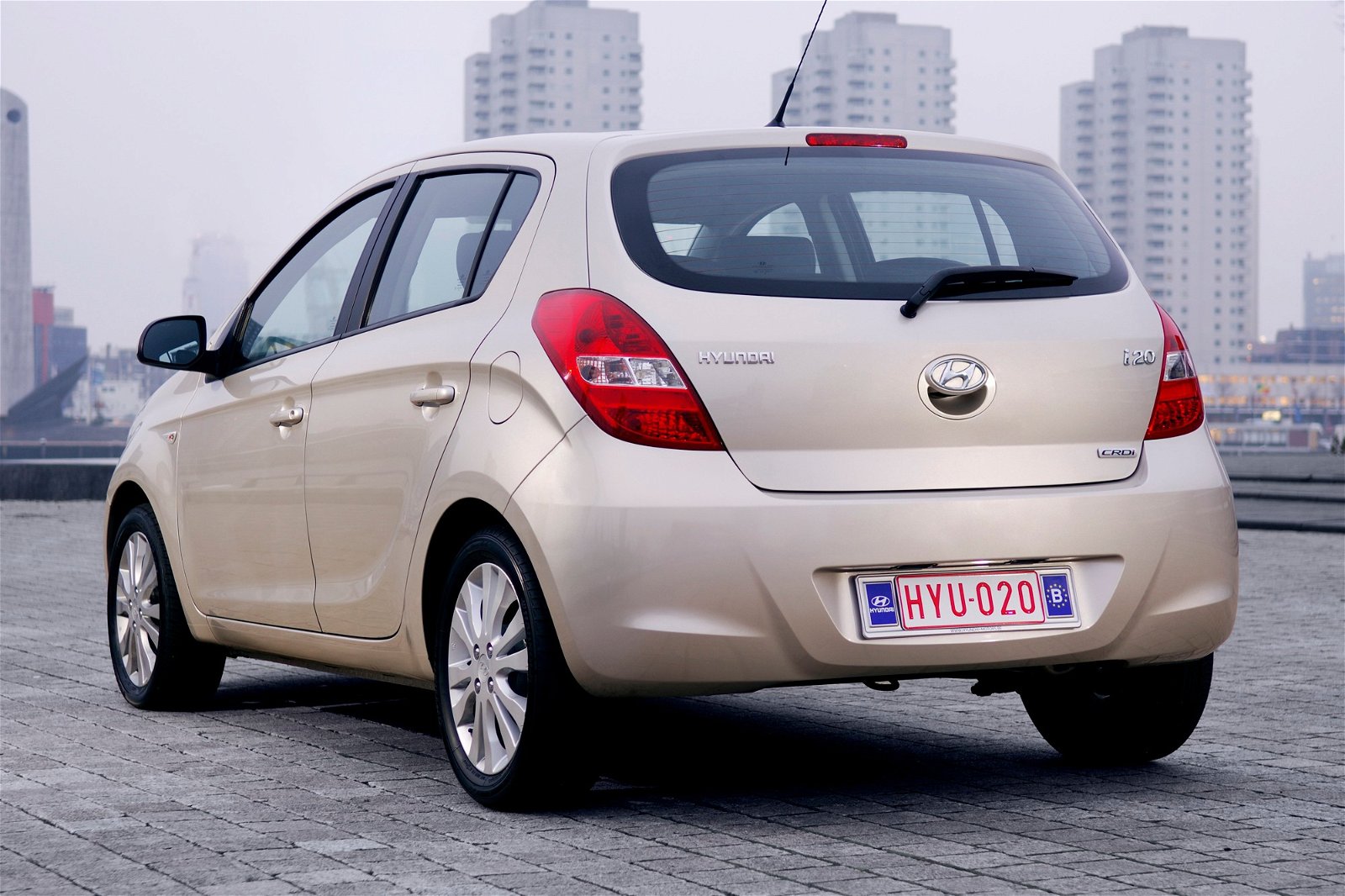
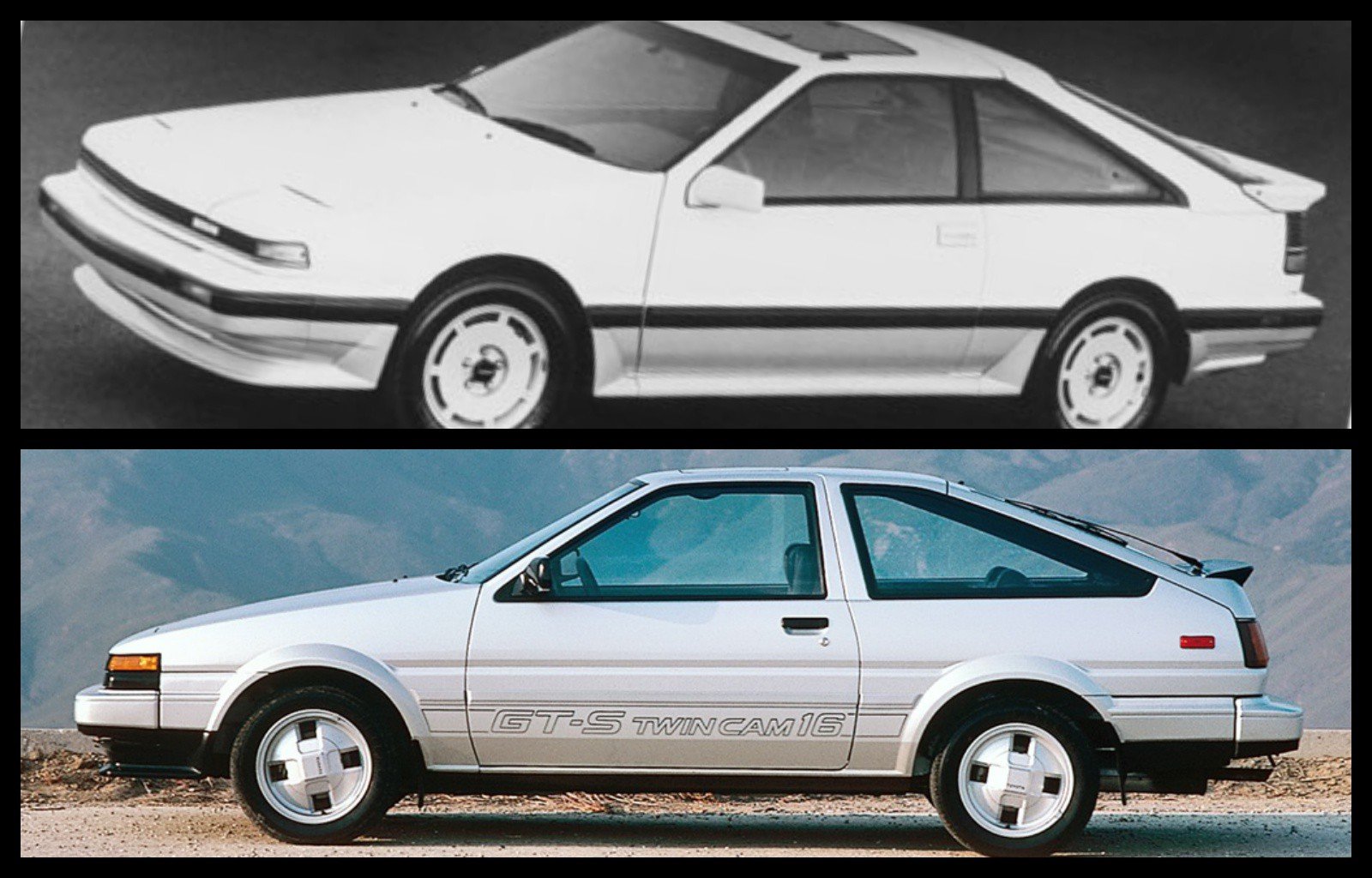


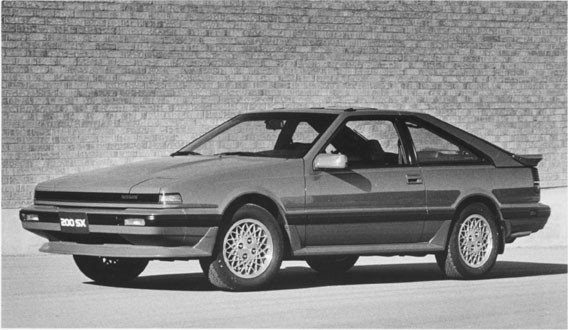
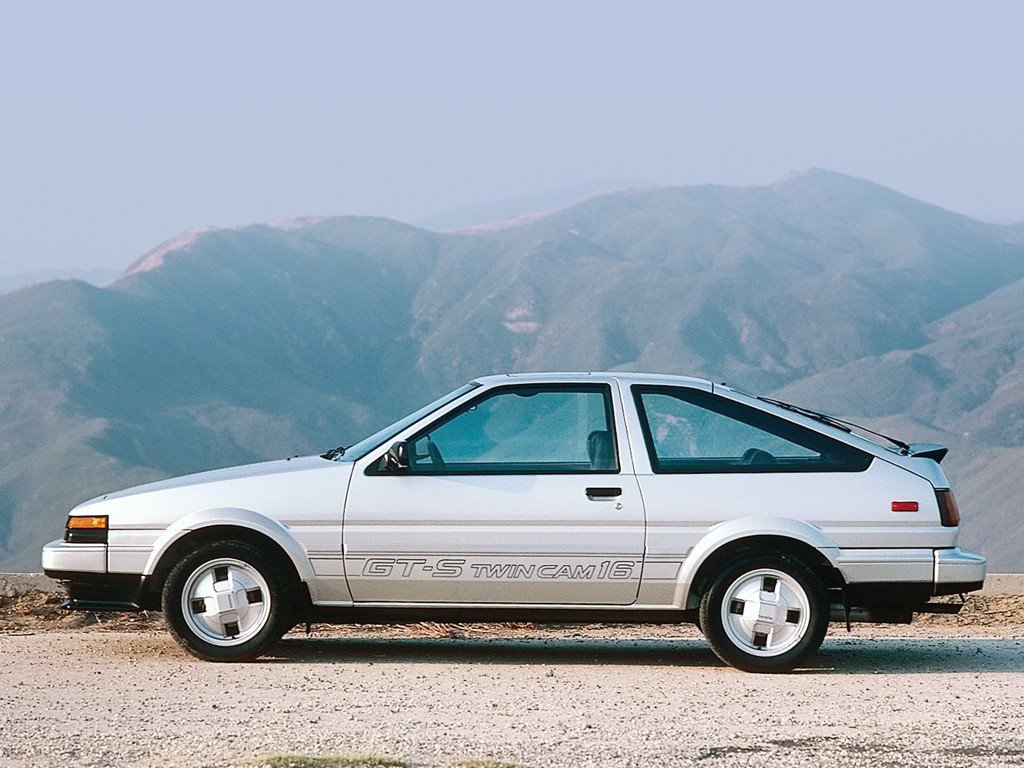
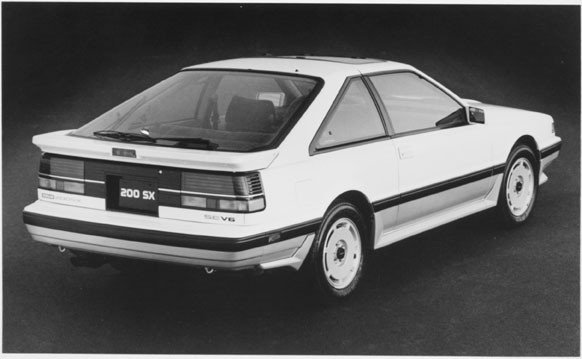
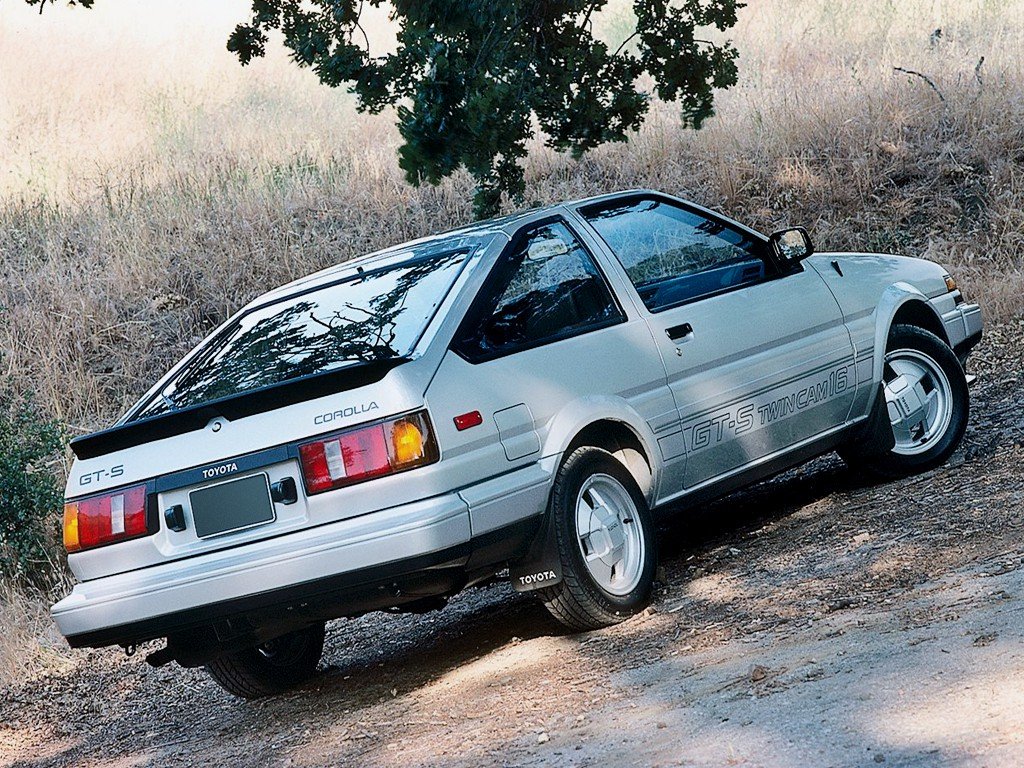
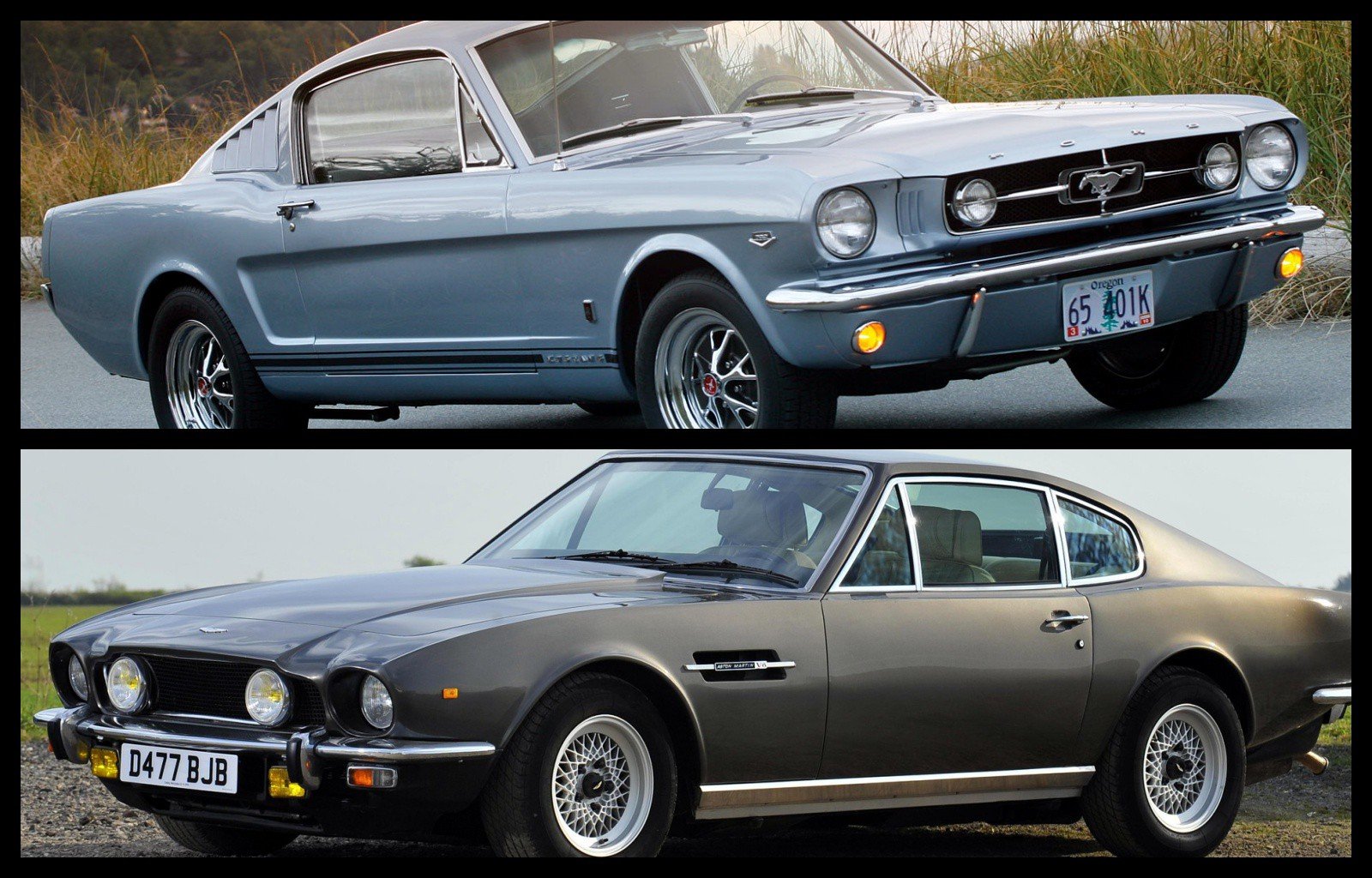
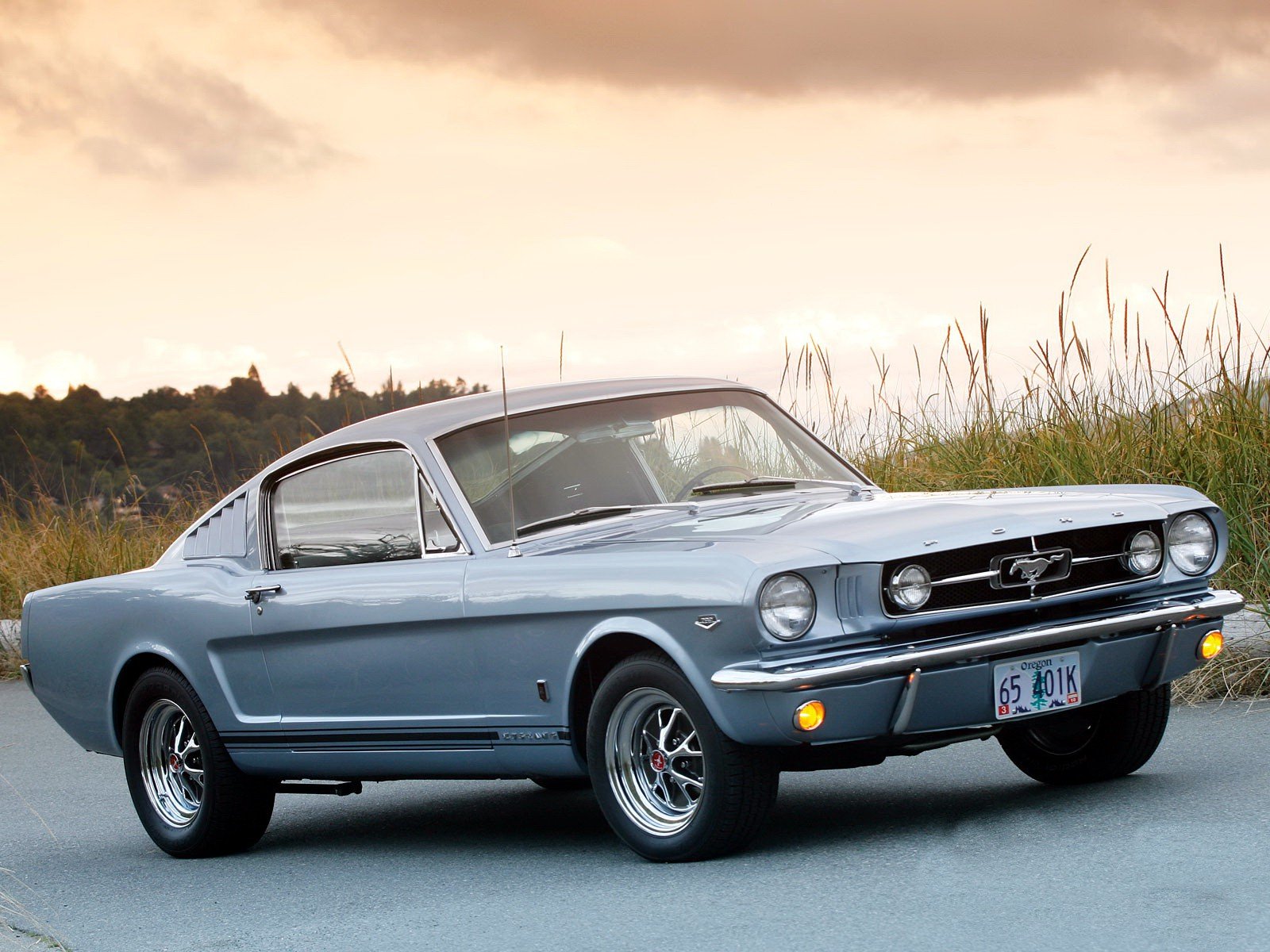
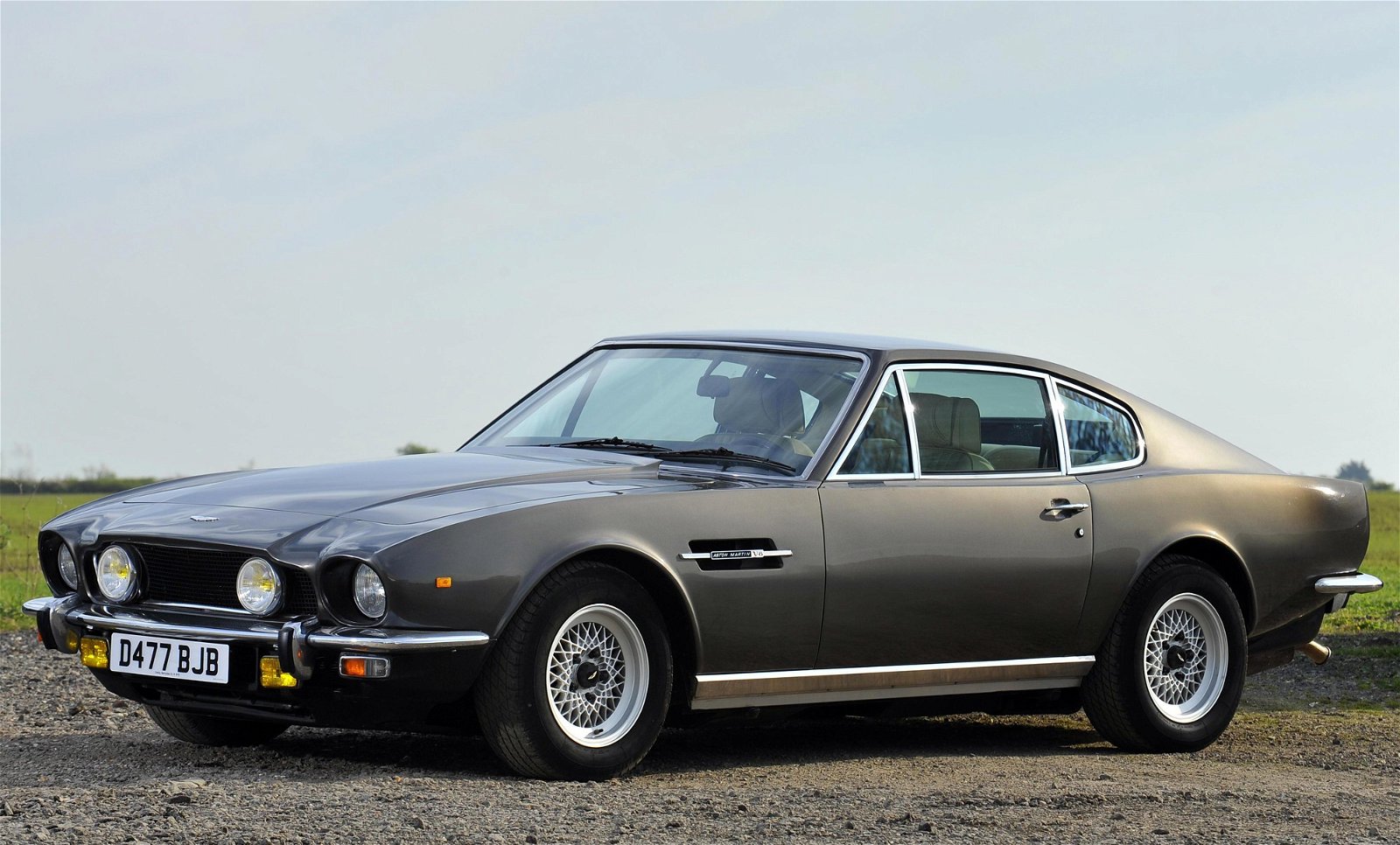
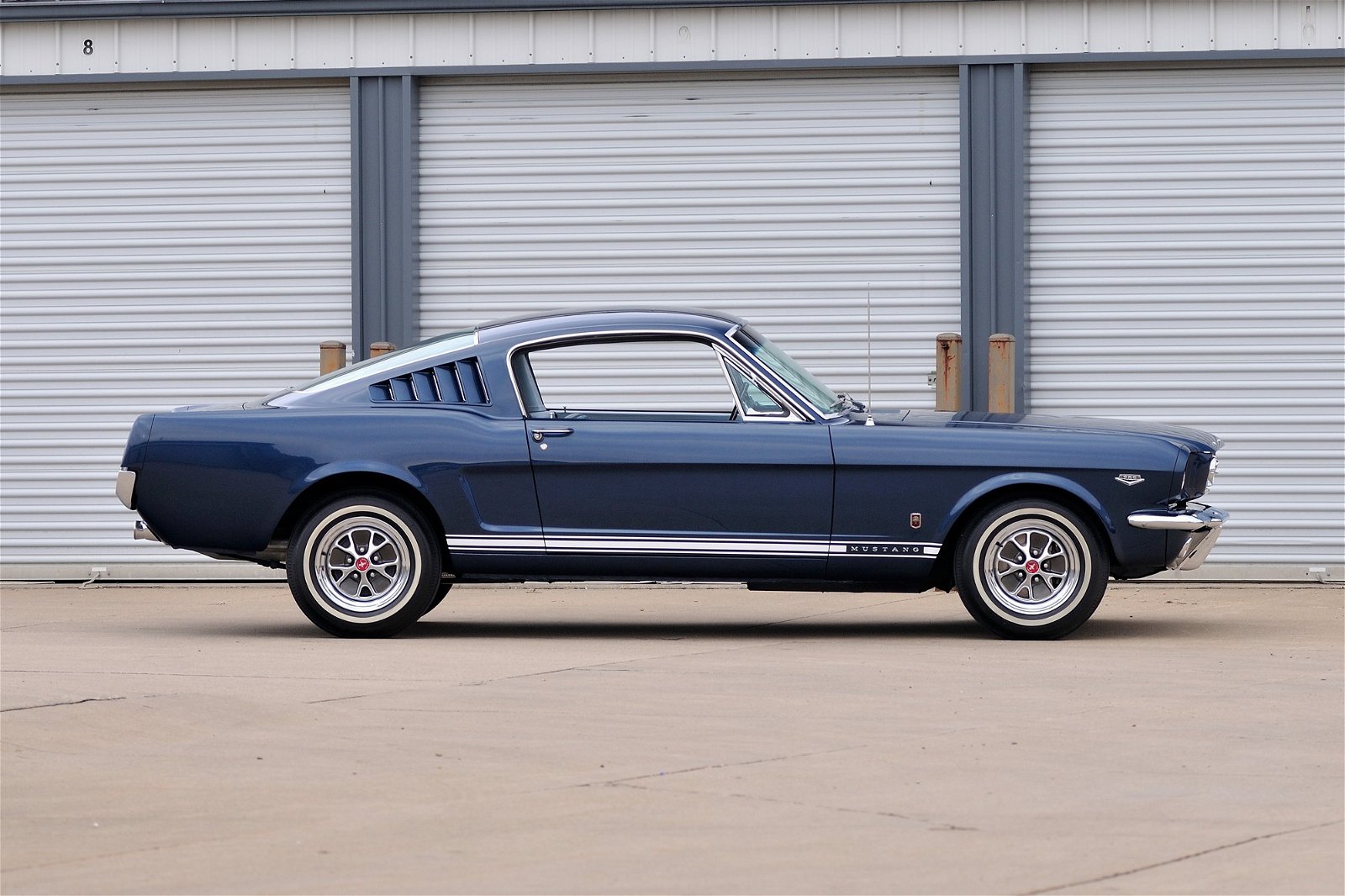
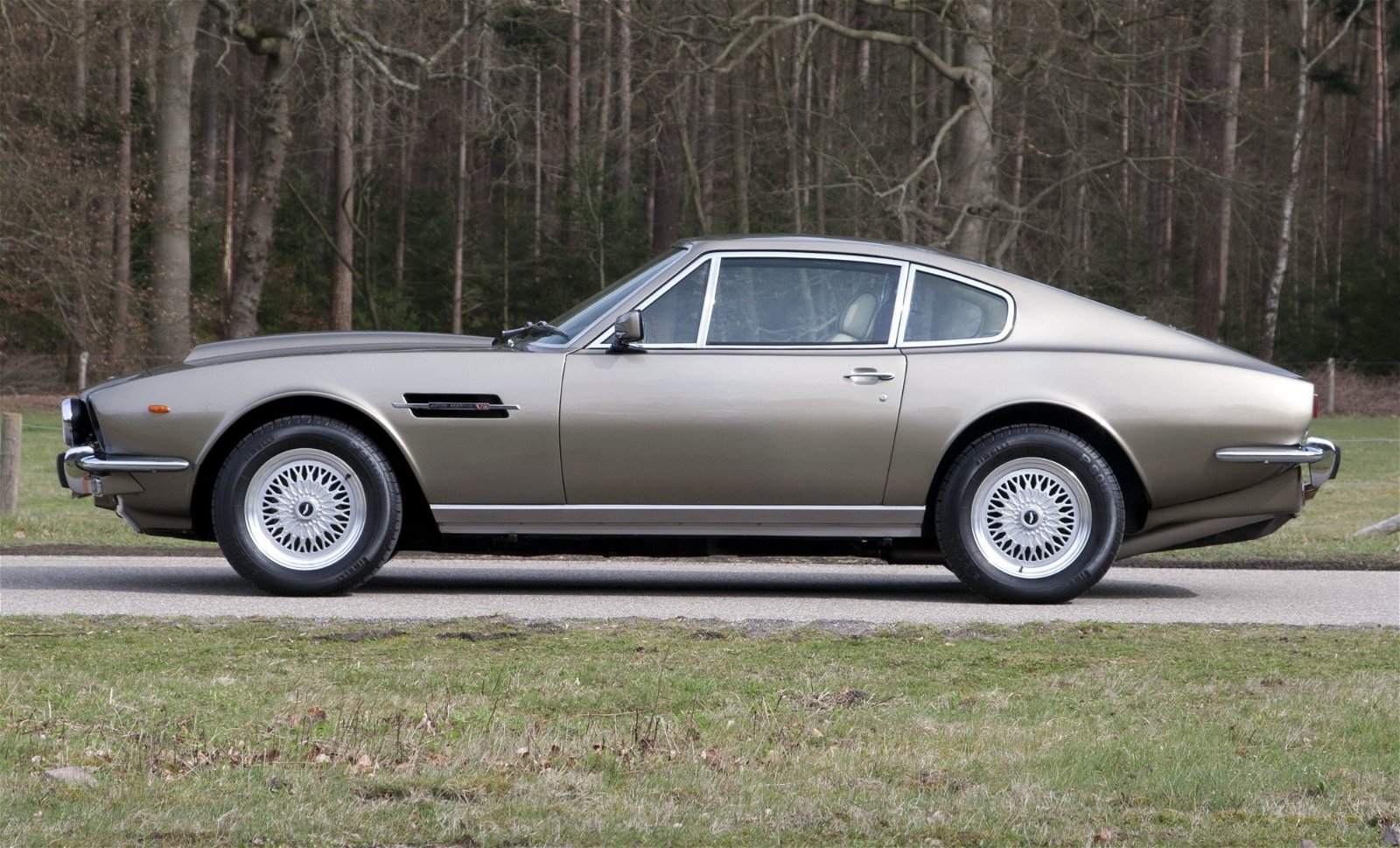
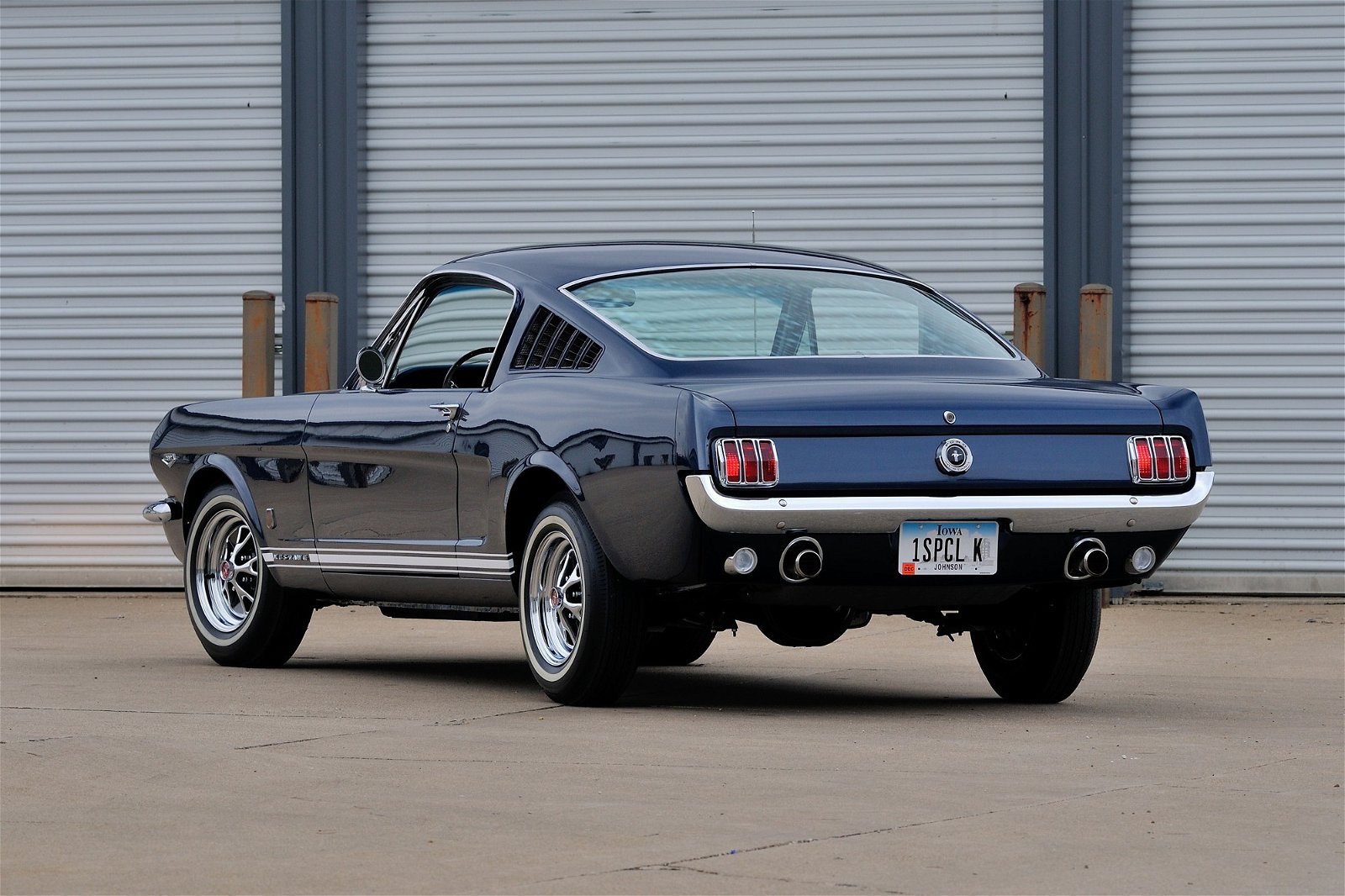
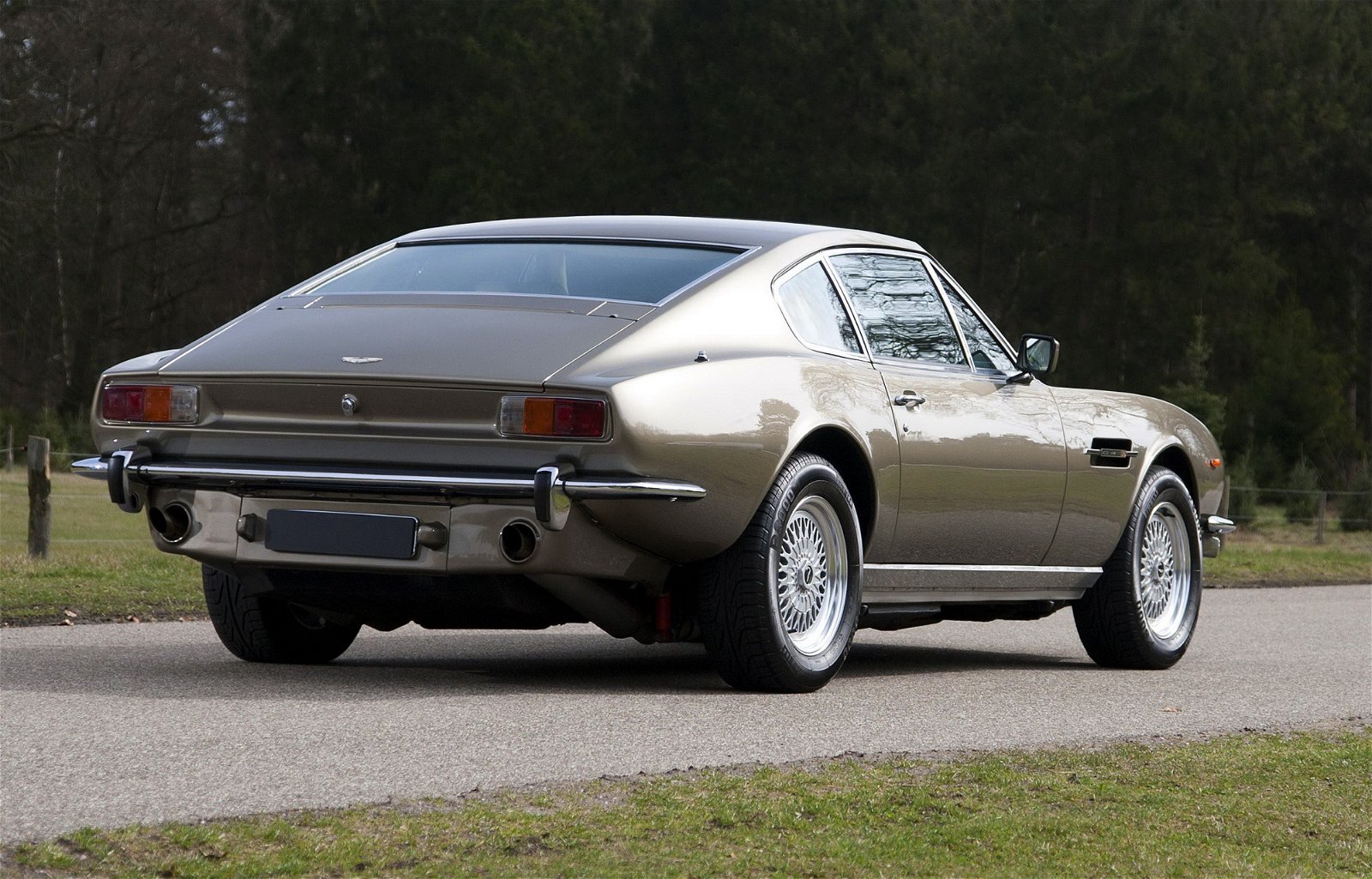
Every time the subject of cars that look the same comes up, the first reaction is to point our fingers at Chinese carmakers — and justifiably so. Chinese companies have rolled out a ridiculous number of "car clones" in recent years, but they aren't the first to steal designs (and probably not the last).
It's an old problem: in the early days of the Japanese auto industry, manufacturers were accused of stealing designs from their western counterparts. The scenario repeated when South Korean carmakers started stepping up to the world stage.
But the following examples don't fit any of those scenarios and some of them are quite hard to explain. So let's check them out.
#6 MINI Countryman Mk1 (2010-2016) vs Fiat 500L (2012-present)

Launched in 2010, the MINI Countryman marked the brand's first foray into crossover/SUV territory. While not your typical MINI, the Countryman took distinctive styling cues from the hatch and stretched them to a much larger body. It's not the most beautiful sight, but then the Fiat 500L isn't either. Born from Fiat's desire to expand the 500's design cues throughout the range, the 500L has a very similar profile to the Countryman, and the front doesn't look that different either — especially if the 500L wears the Trekking suit.
#5 Chrysler PT Cruiser (2000-2010) vs. Chevrolet HHR (2005-2011)

The Chrysler PT Cruiser needs no presentation: it's one of the most recognizable cars on any street in the world, due to its very retro appearance inspired by cars of the 1930s. However, if a Chevrolet HHR is parked alongside a PT Cruiser, you'll have a hard time telling which is which. There's an explanation for that: both were penned by the same man, designer Brian Nesbitt. Still, approving the HHR's design wasn't a cool move from Chevrolet — the HHR saw the light of day in 2005, five years after the PT Cruiser.
#4 Maserati Biturbo (1981-1994) vs. BMW 3-Series E30 (1982-1994)

This one is tricky because it involves two cars with virtually identical life spans. Admittedly, Maserati launched the Biturbo less than a year before BMW came up with the E30, which makes it hard for anyone to accuse the Germans of copying the design. That's simply because BMW had already approved the E30's final shape when the Biturbo debuted. Still, that doesn't explain the striking similarities between the two cars — especially between the coupé body styles of each model.
#3 Opel Corsa D (2006-2014) vs. Hyundai i20 Mk1 (2008-2014)

Now let's move to the next level of car cloning and take a look at the fourth-generation Opel Corsa, launched in 2006. The pre-facelift version (replaced in 2010) looked like the stereotypical econobox that it was, but at least it had an original design (to the extent that that's possible in an increasingly standardized auto industry). Which cannot be said about the first-generation Hyundai i20 that was unveiled in 2008. The i20 looks like the Corsa from every possible angle — the resemblance is truly uncanny. What were you thinking, Hyundai? At least the styling of the i20 went in a different direction when the facelift was applied.
#2 Nissan 200SX S12 (1983-1988) vs. Toyota Corolla GT-S AE86 (1984-1987)

Think you've seen it all when it comes to car lookalikes? What about this pair? The Toyota Corolla GT-S (AE86) and the Nissan 200SX (S12) were rival models from two competing Japanese automakers. Looking at them, one can't help but wonder whether Nissan and Toyota made a deal to share design efforts to save some money. Or maybe Toyota's designers liked the Nissan 200SX so much they decided to launch the Corolla GT-S Sport Coupe as a tribute. Either way, it's one of the most blatant cases of car cloning.
#1 Ford Mustang Fastback Mk1 (1964-1973) vs. Aston Martin V8 (1969-1989)

Ever since Ford put an Aston-esque grille on the Fusion, people accused it of being a copycat. But that was not the first time Ford and Aston Martin were involved in a controversy about who's copying who. Back in 1969, Aston Martin raised many eyebrows when it launched the V8, which looked very similar to the Ford Mustang fastback coupé that debuted five years earlier. No, the fact the Mustang was not sold in Europe at the time does not qualify as an excuse to copy its design, Aston Martin.
